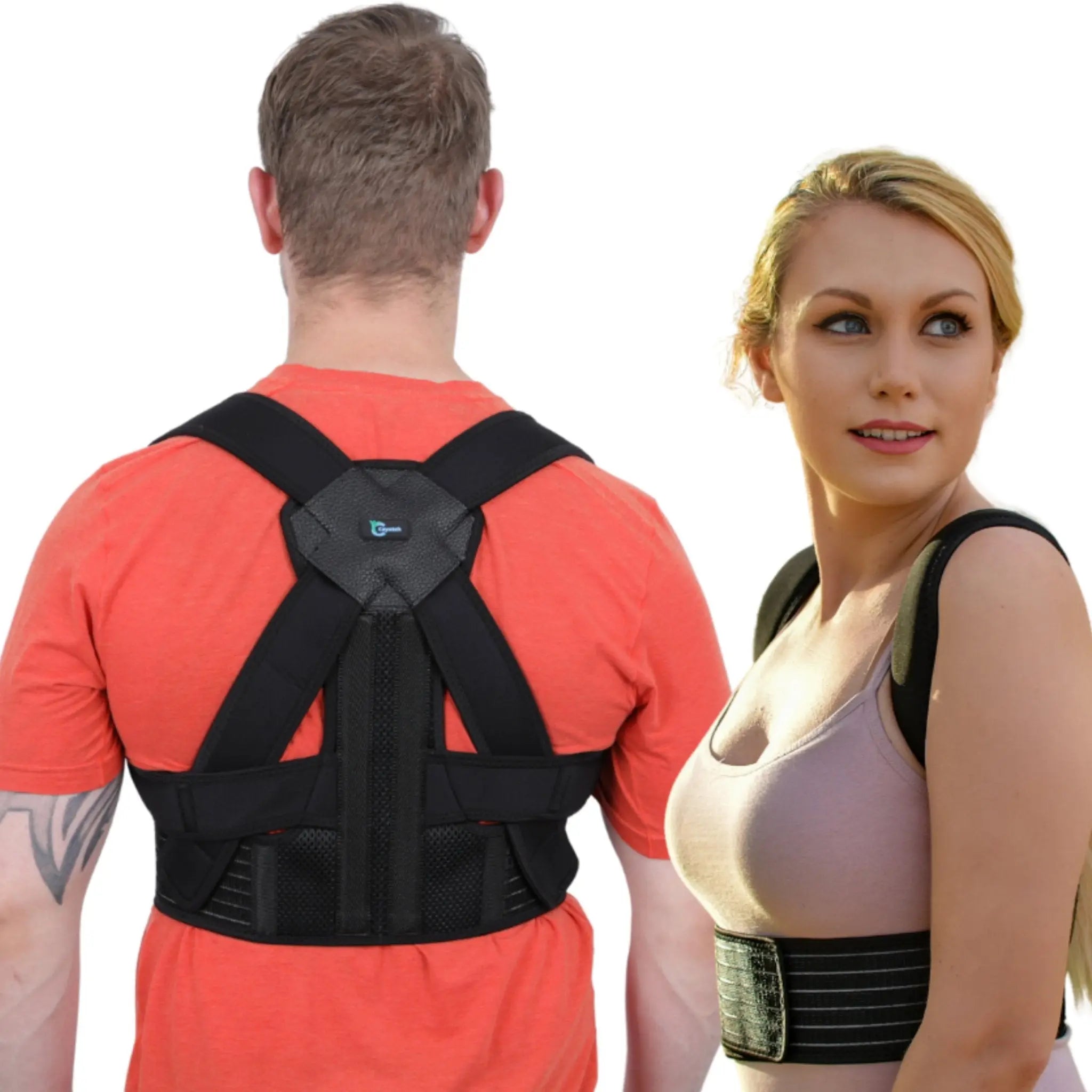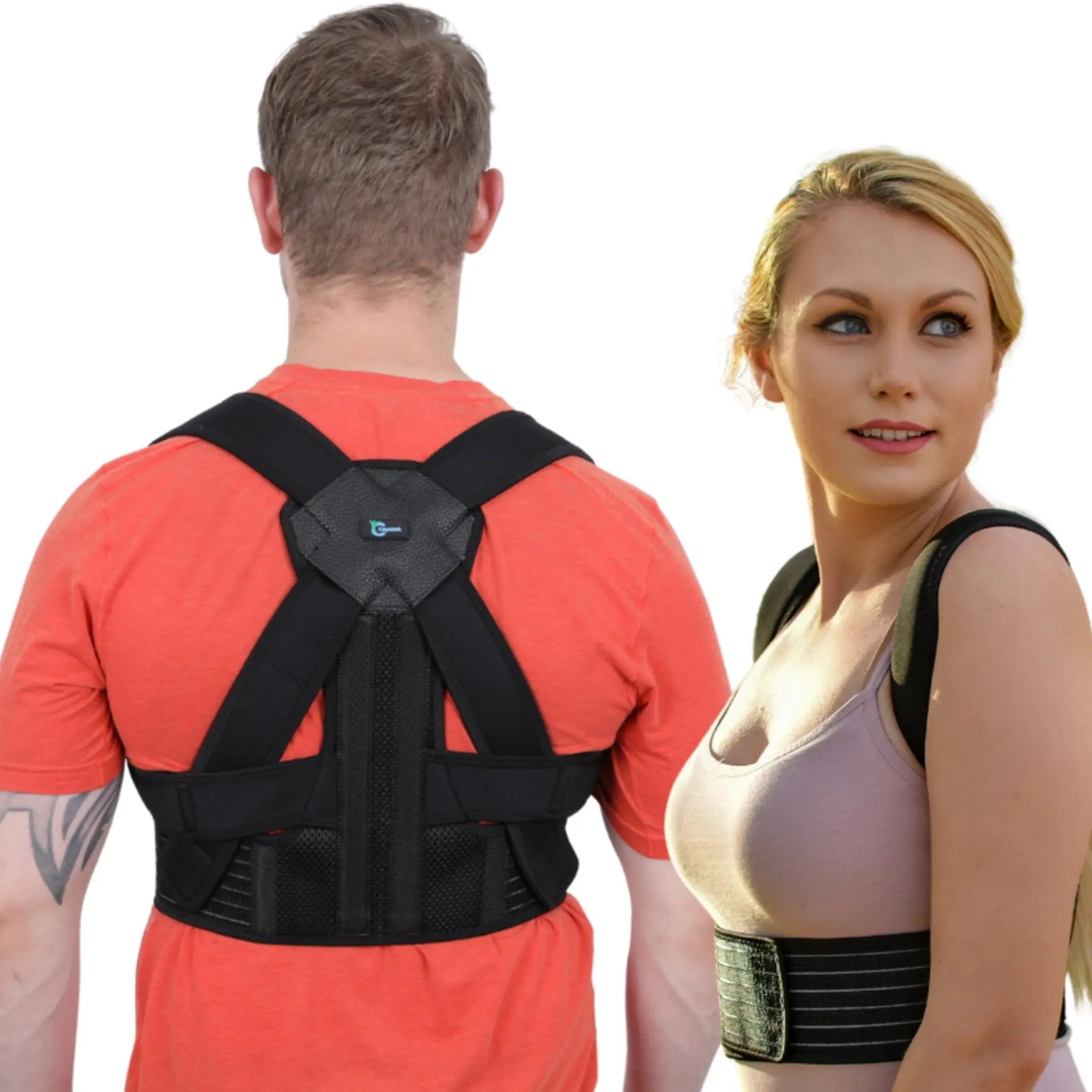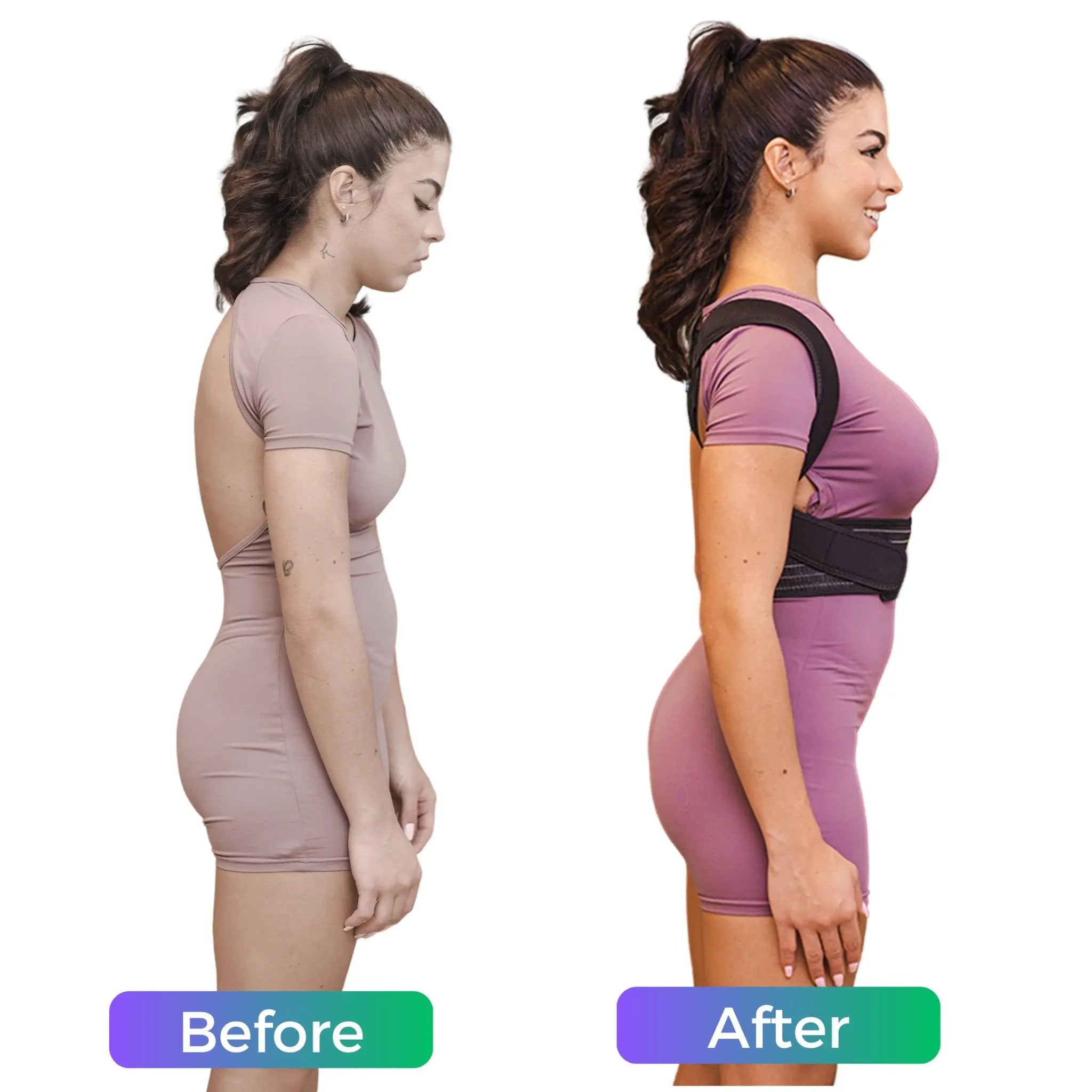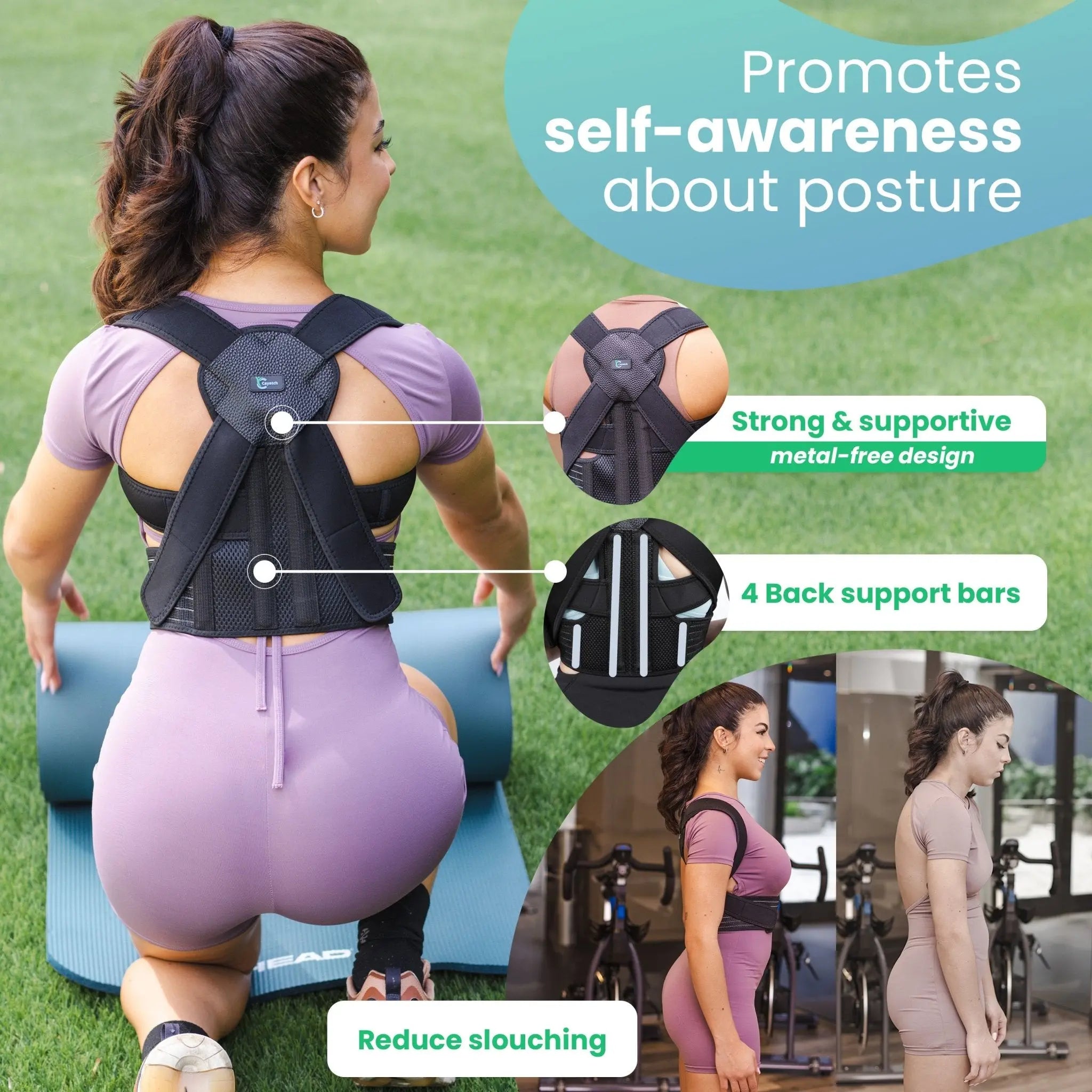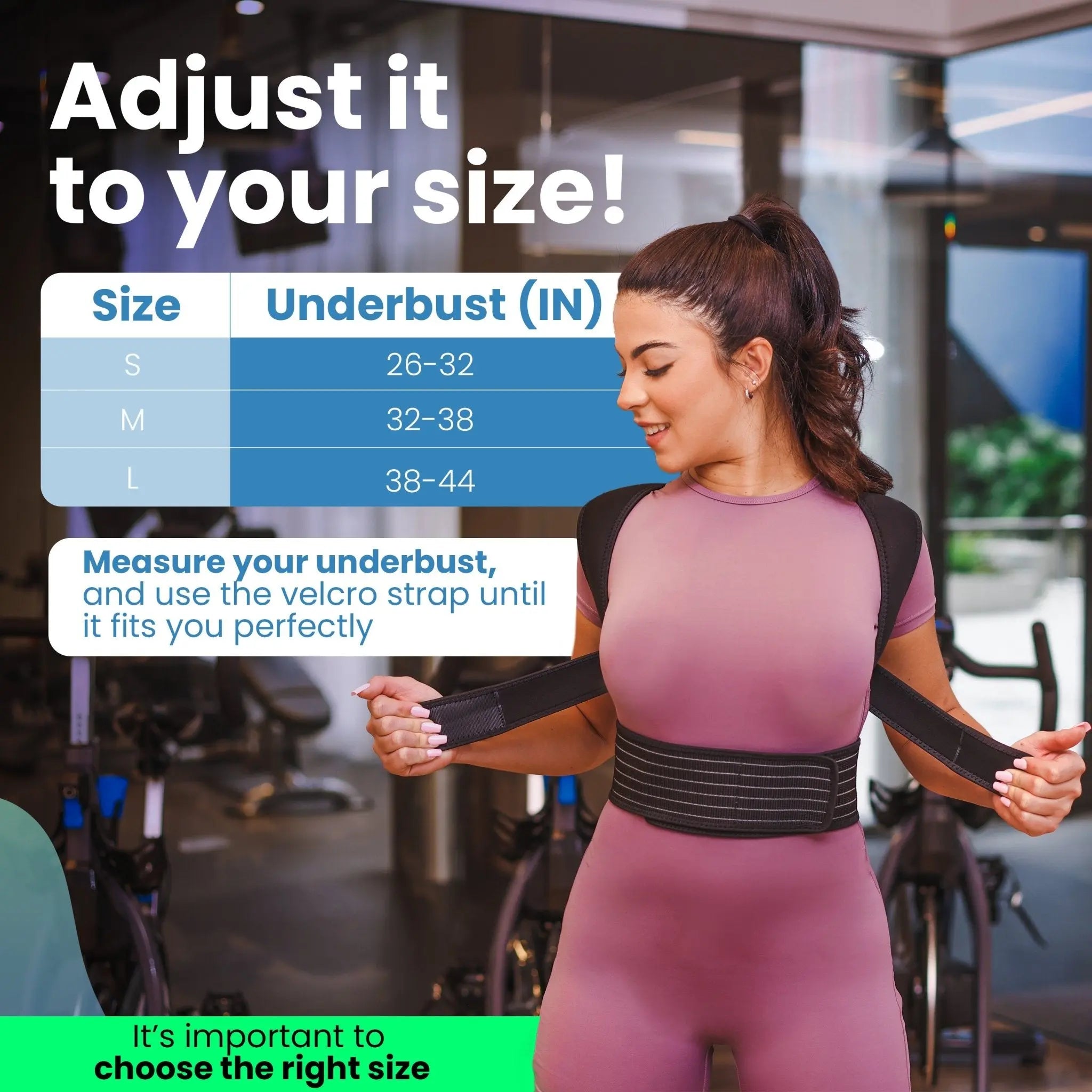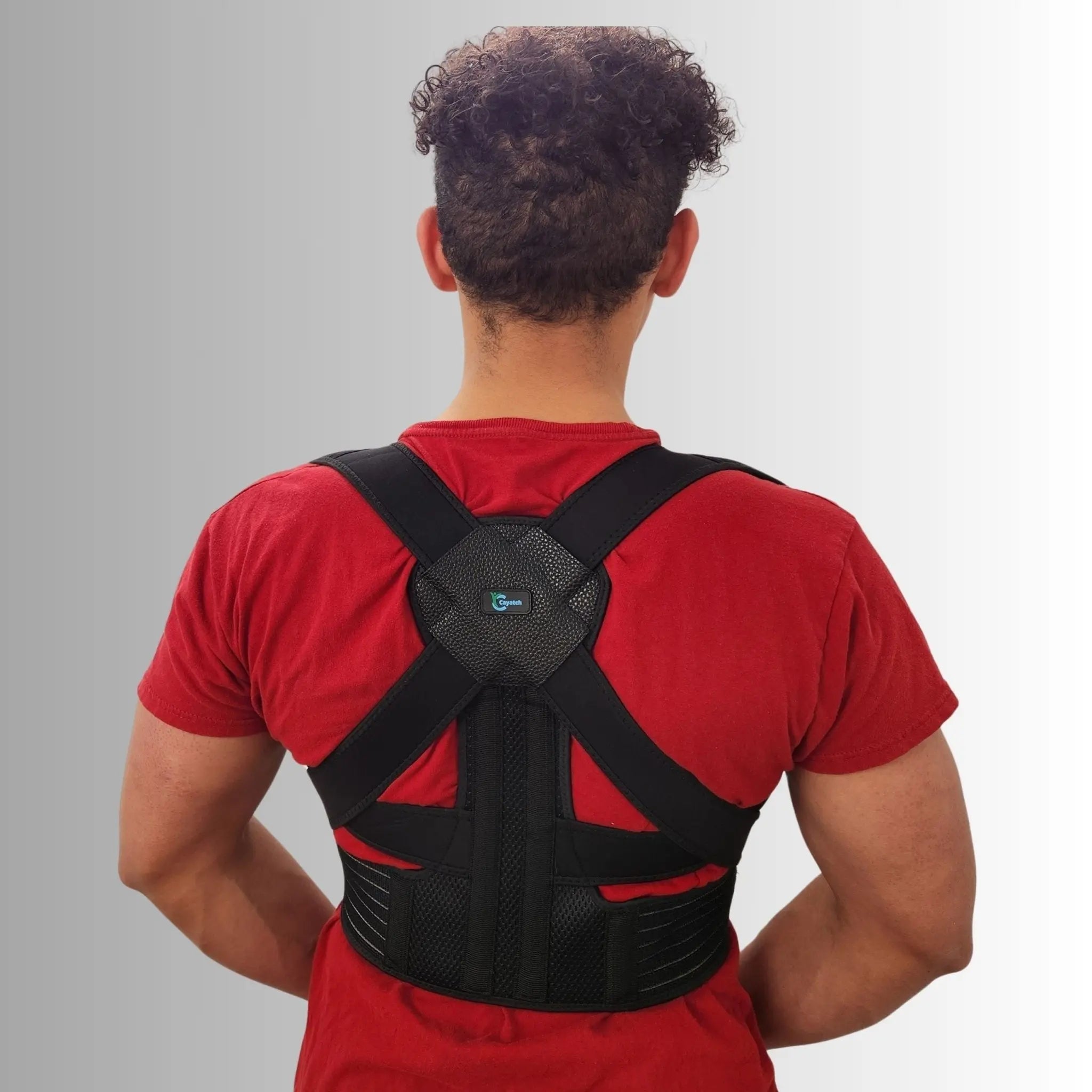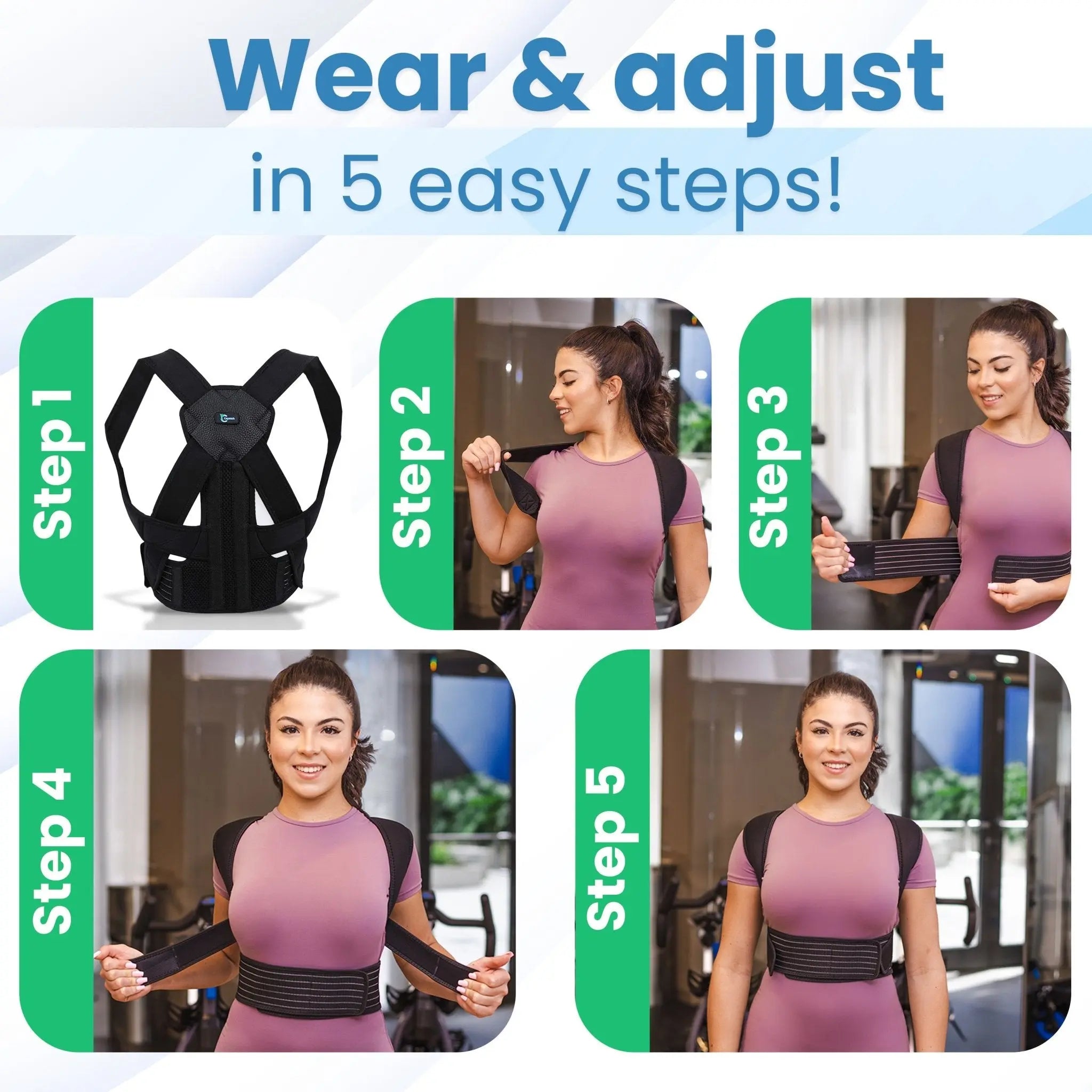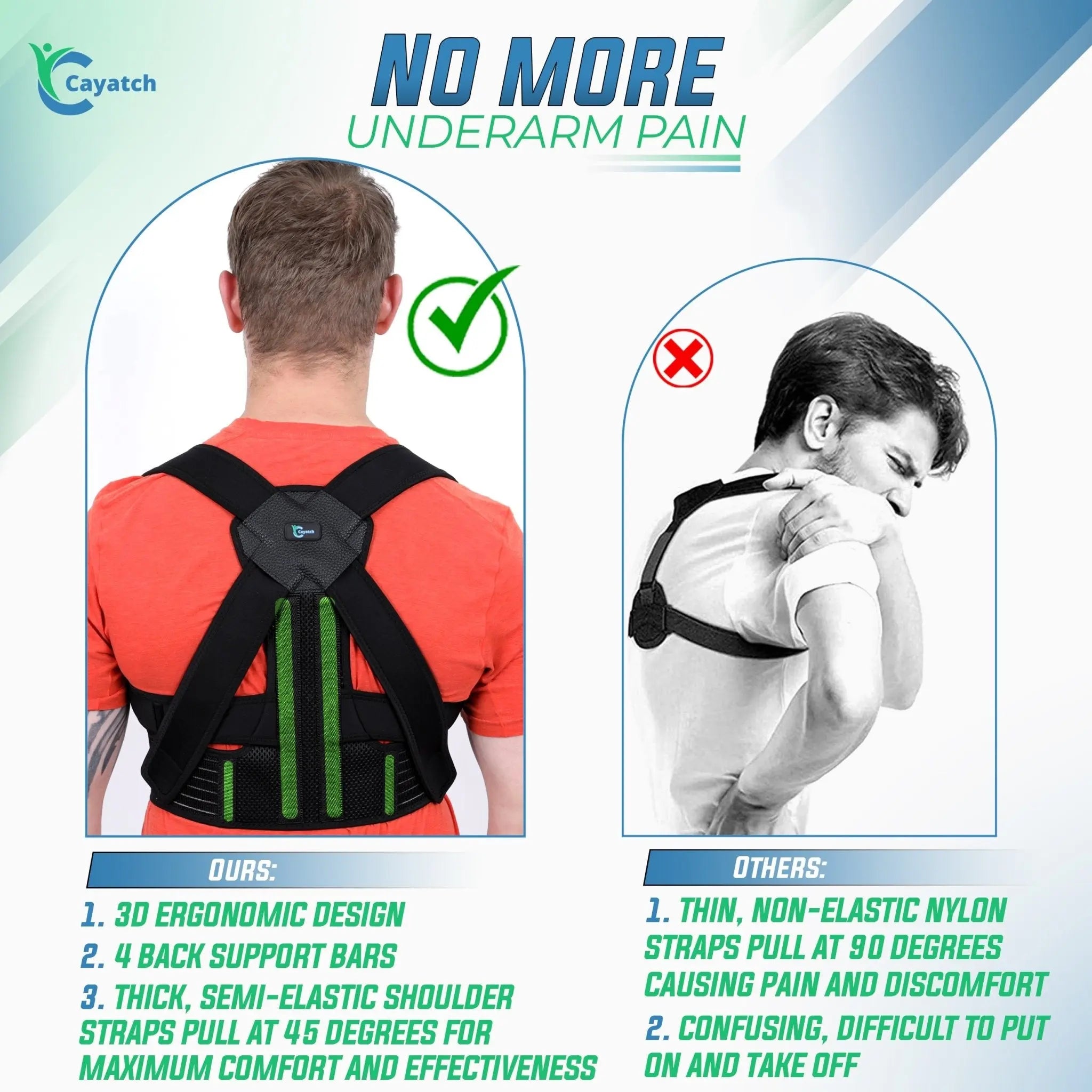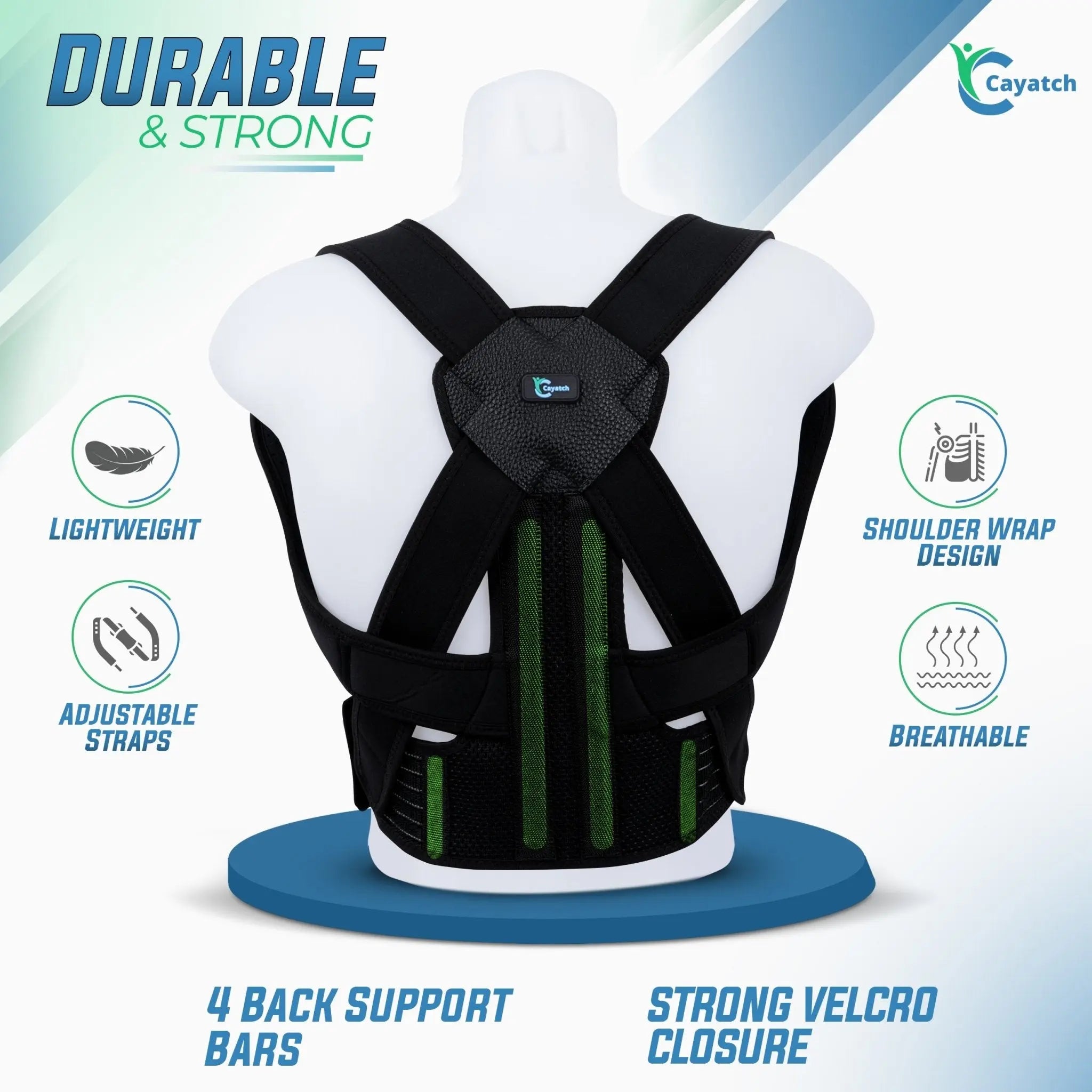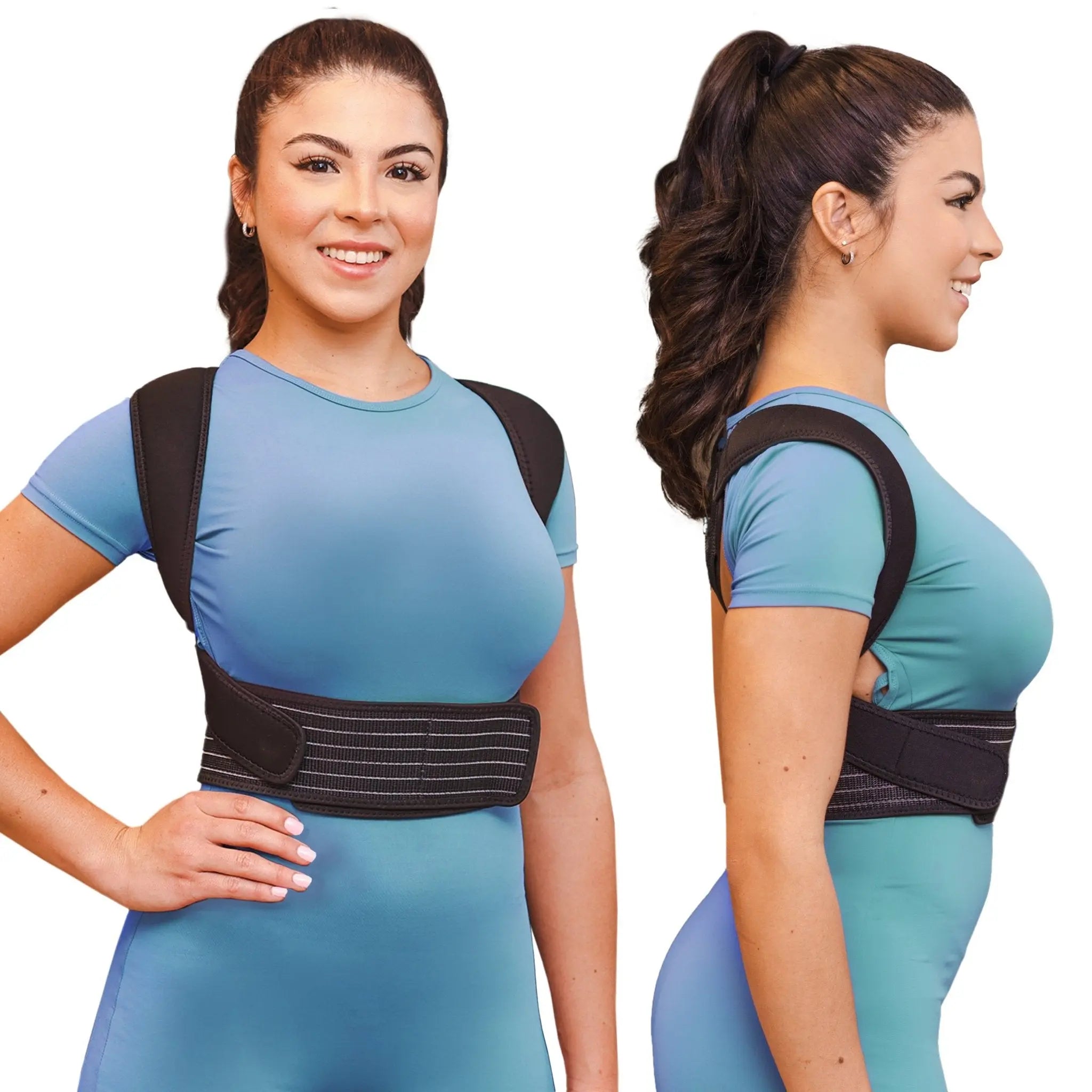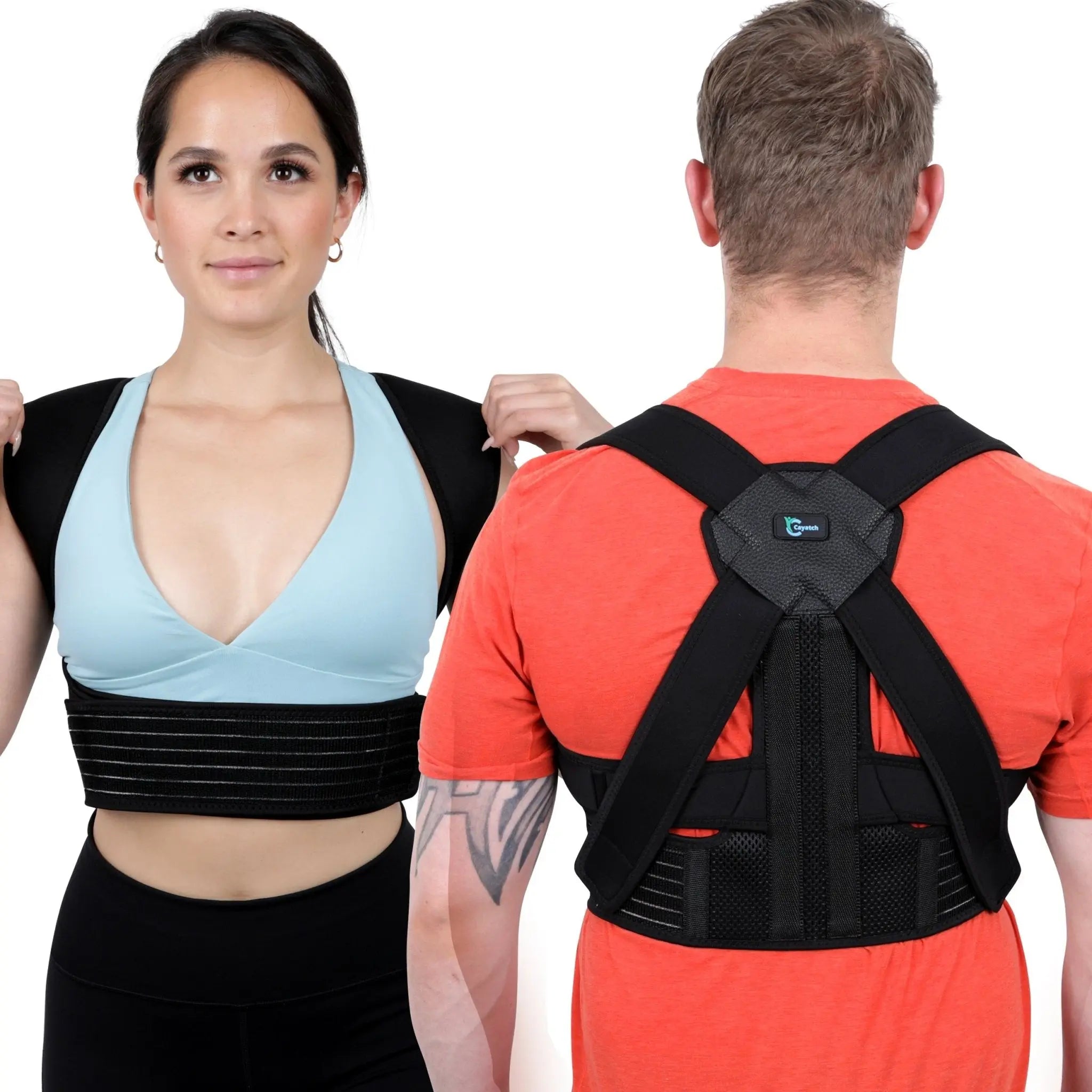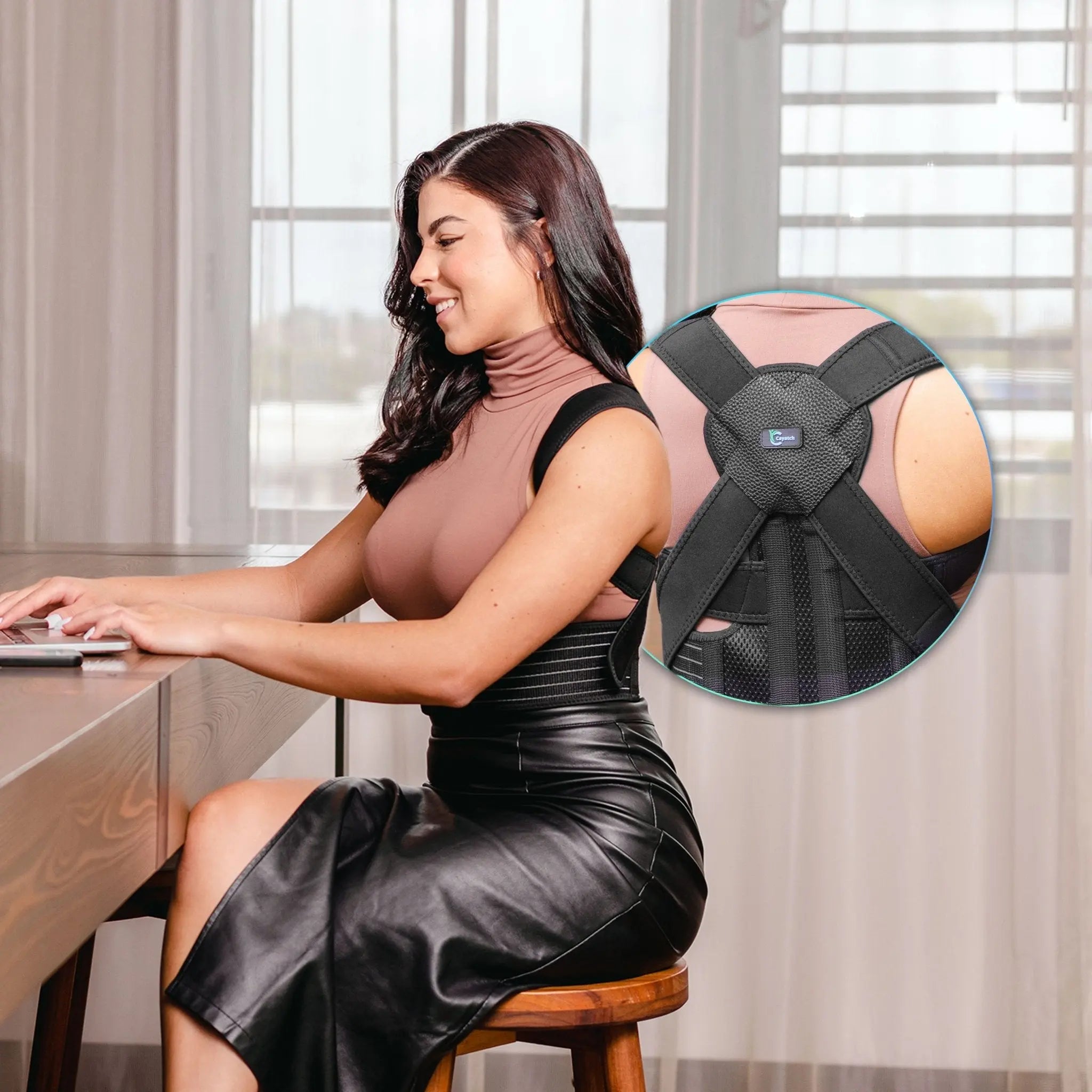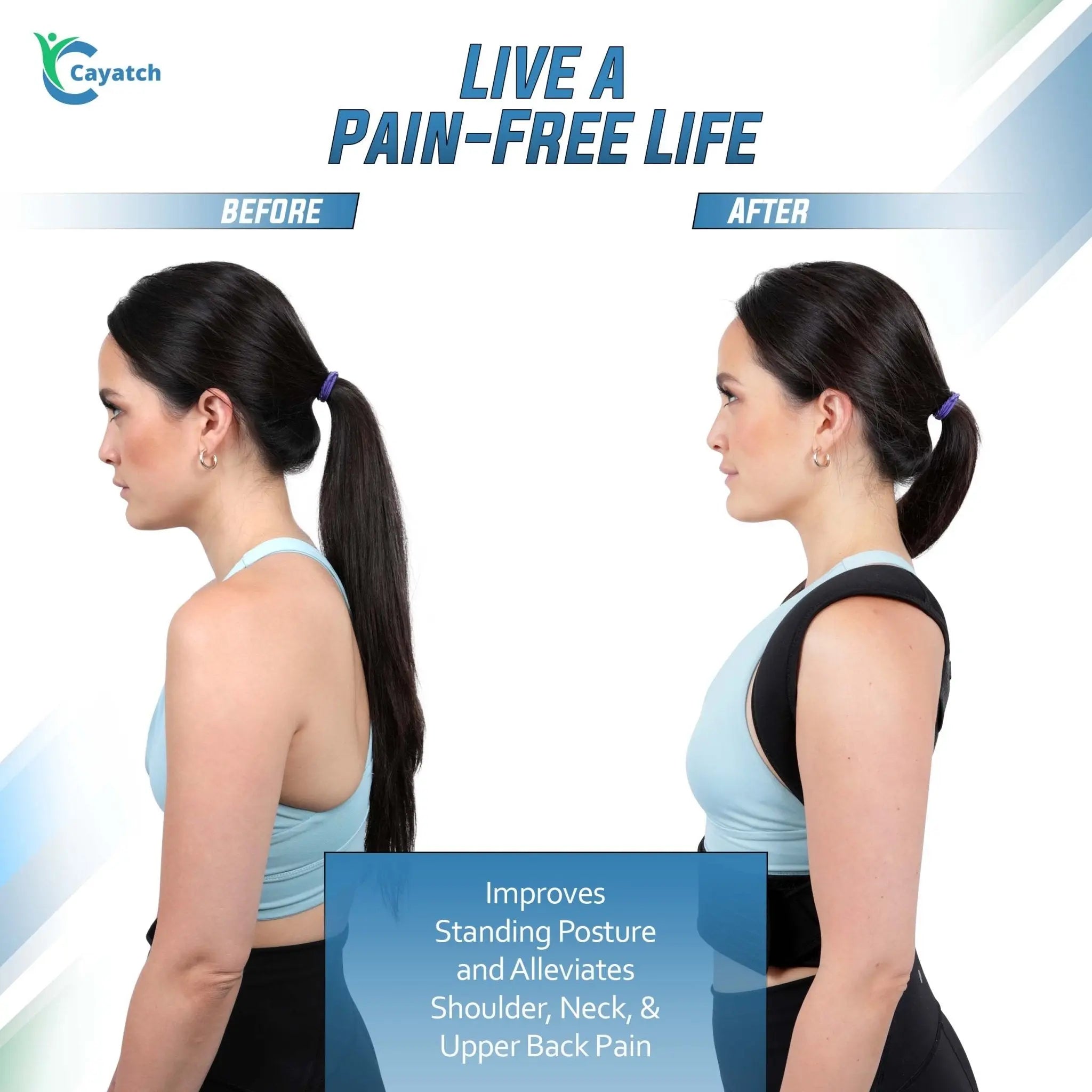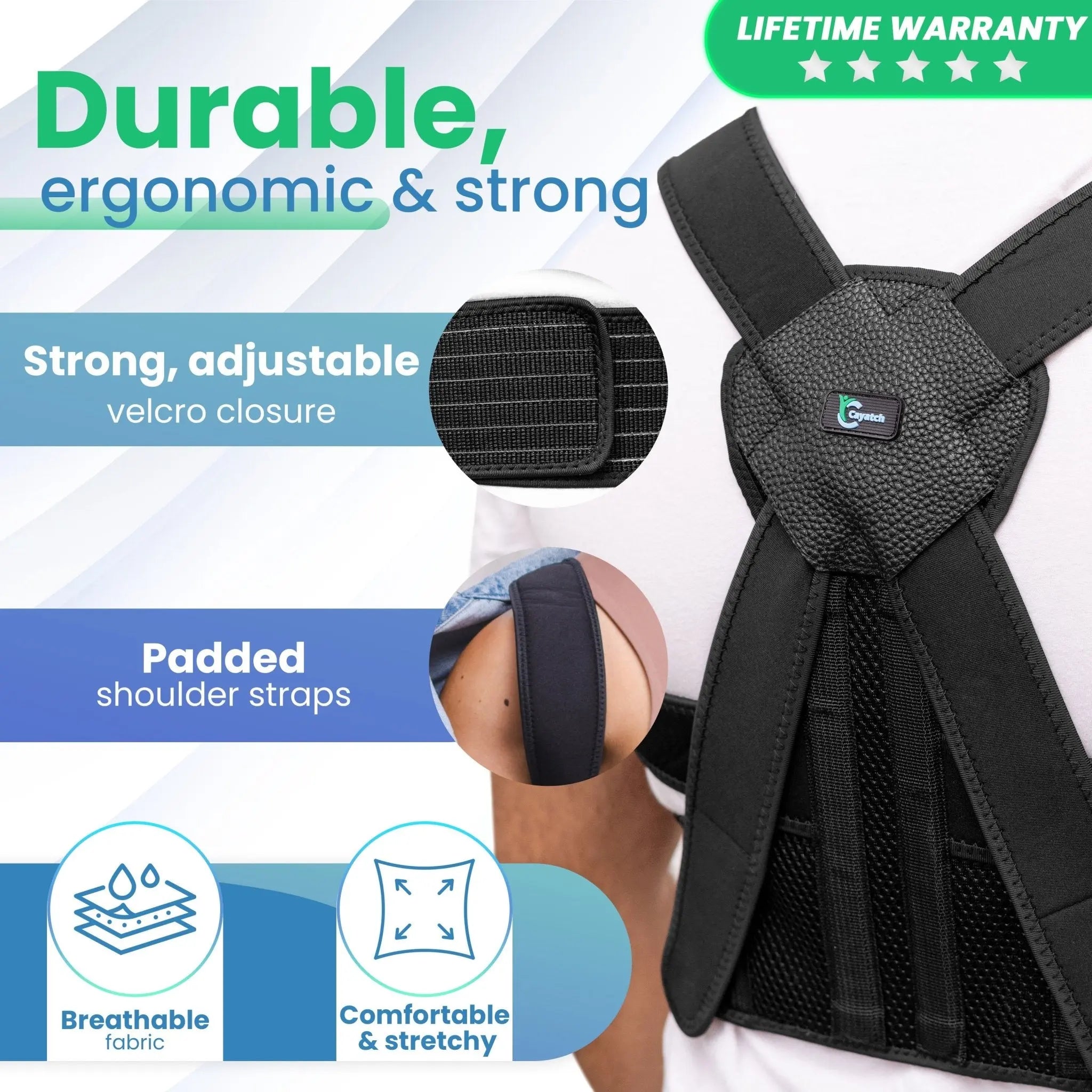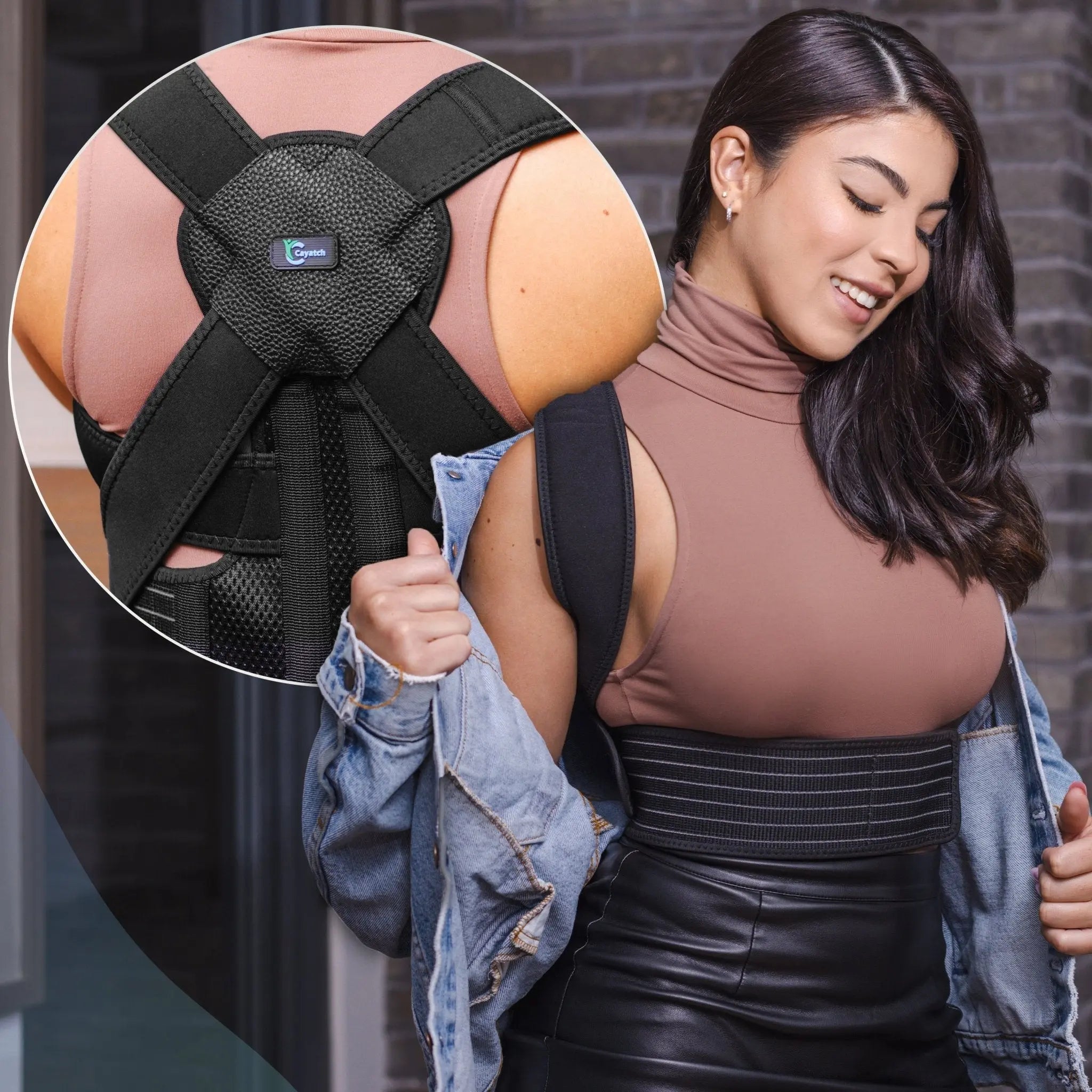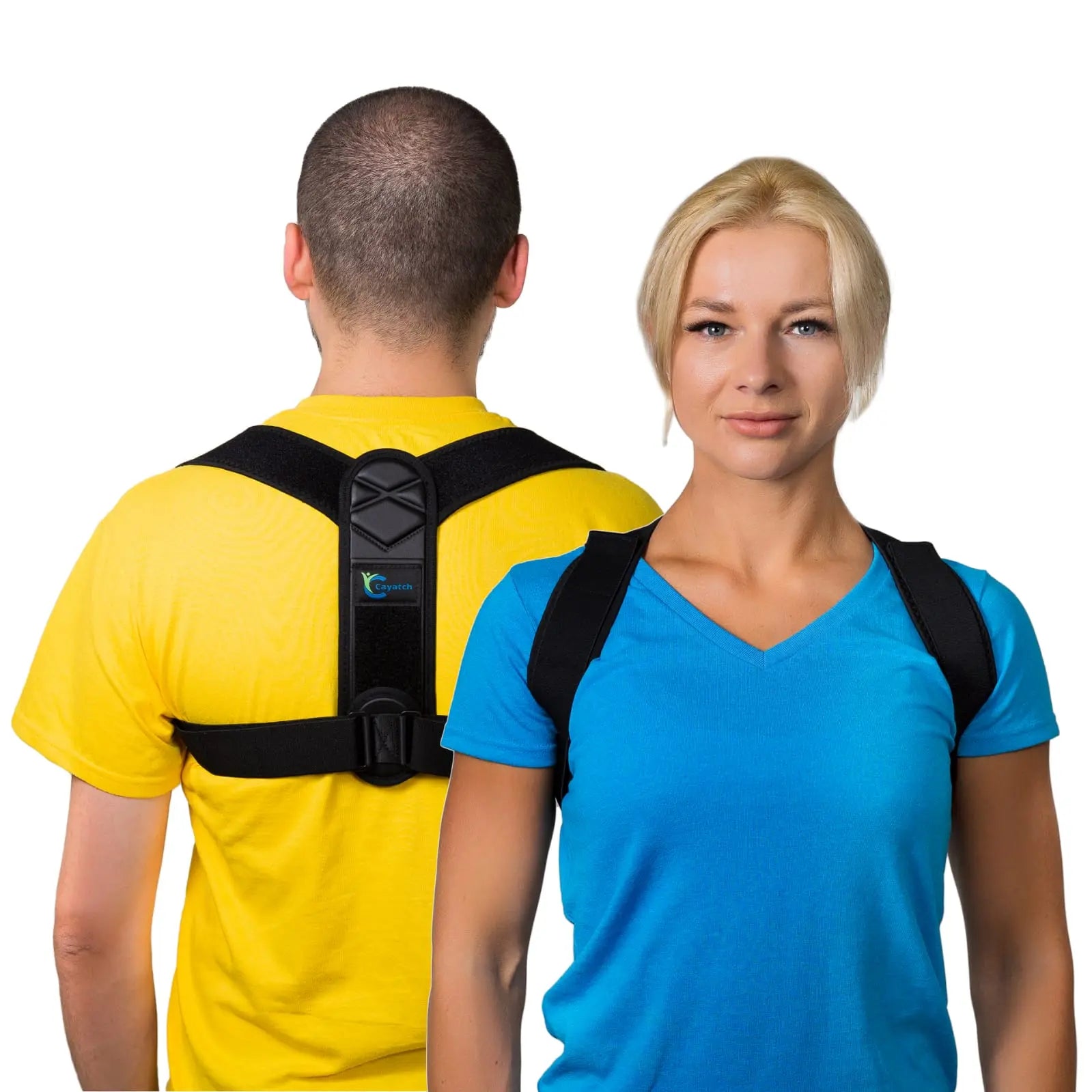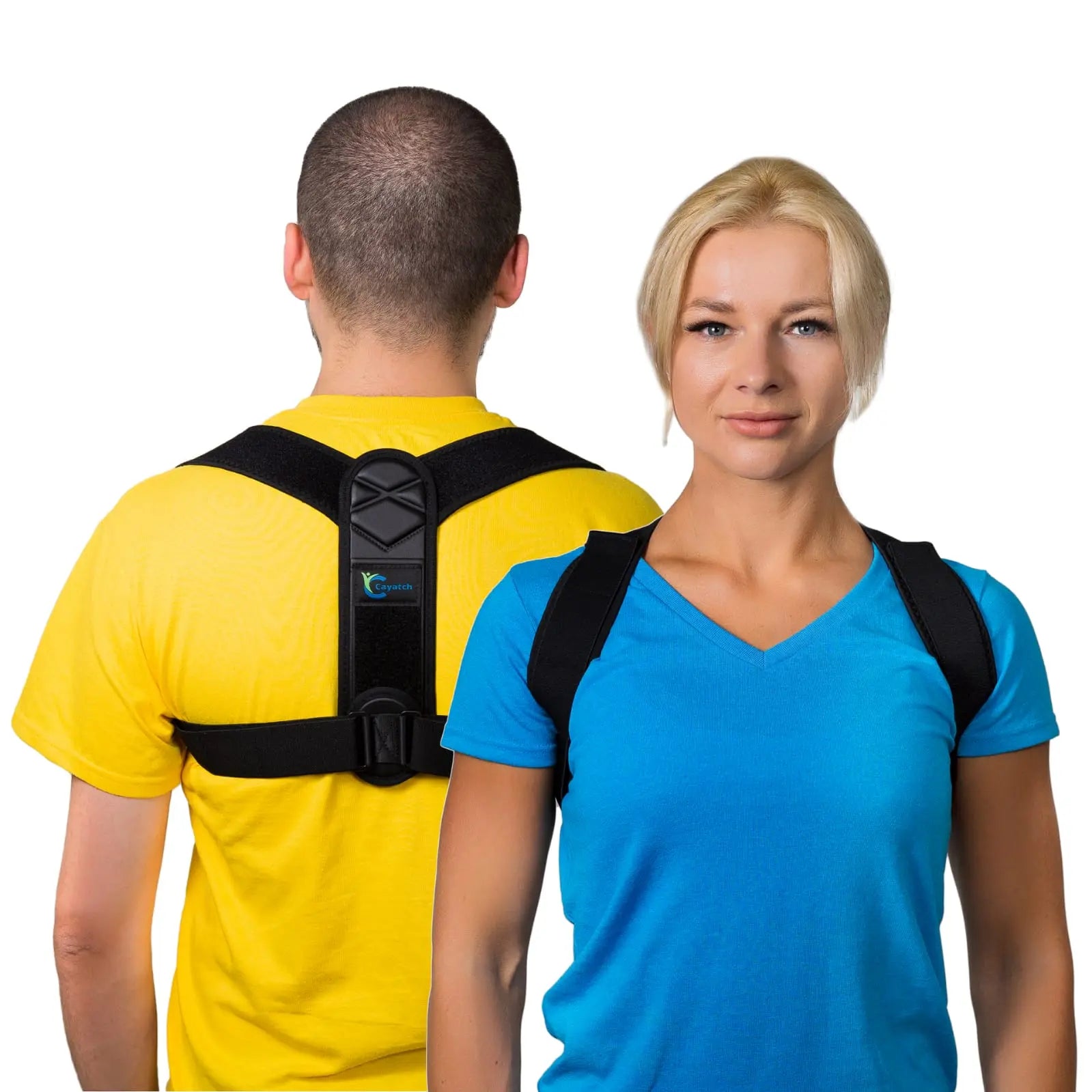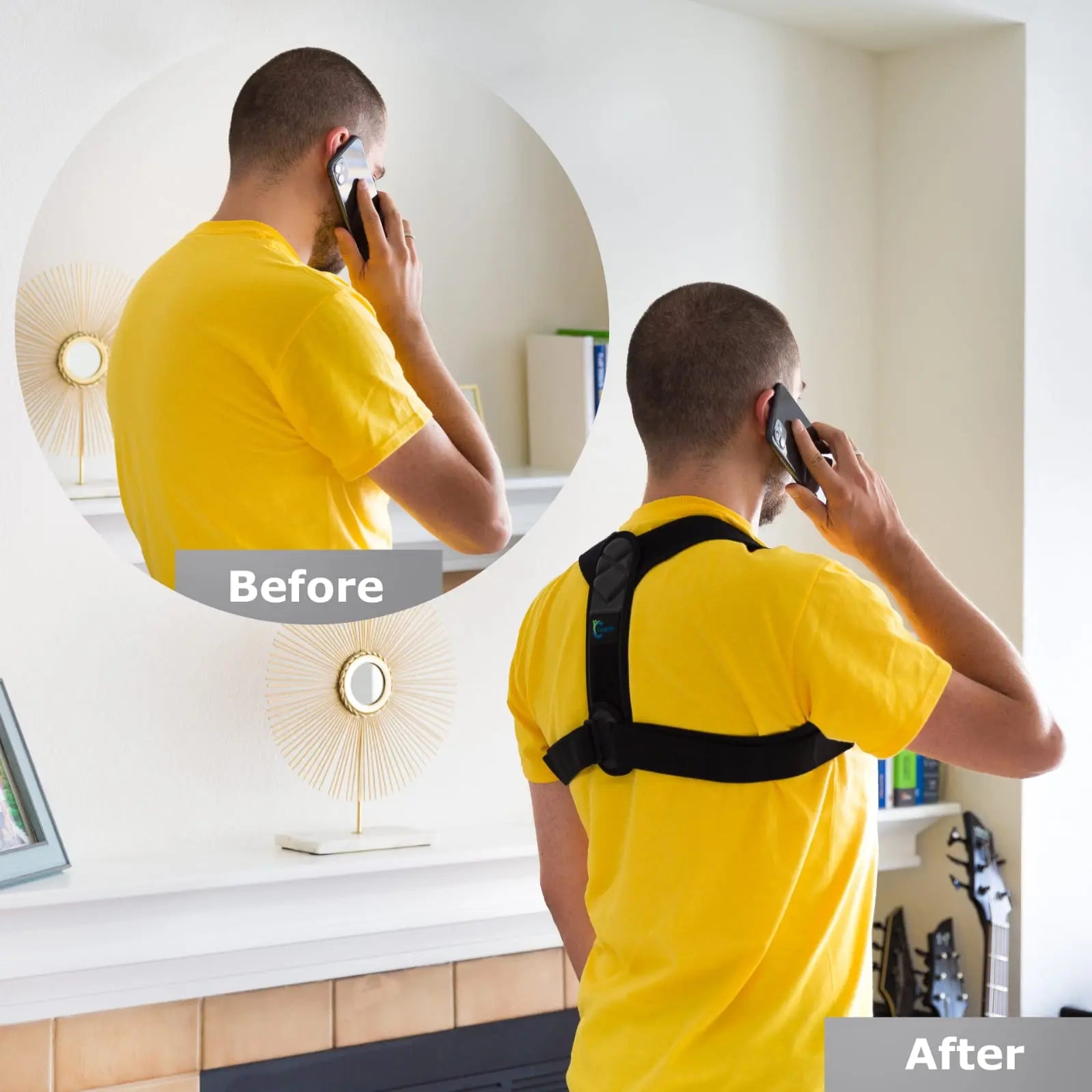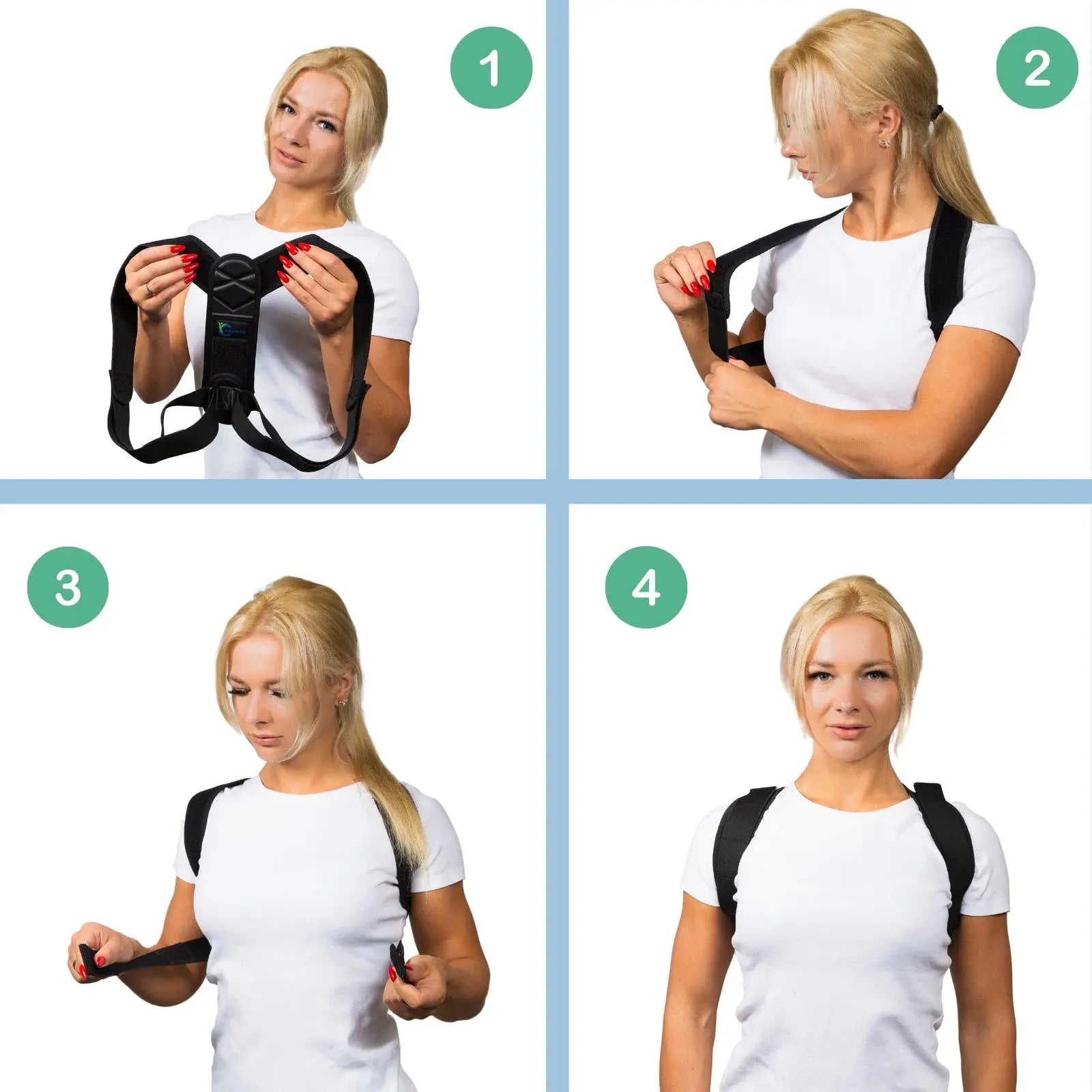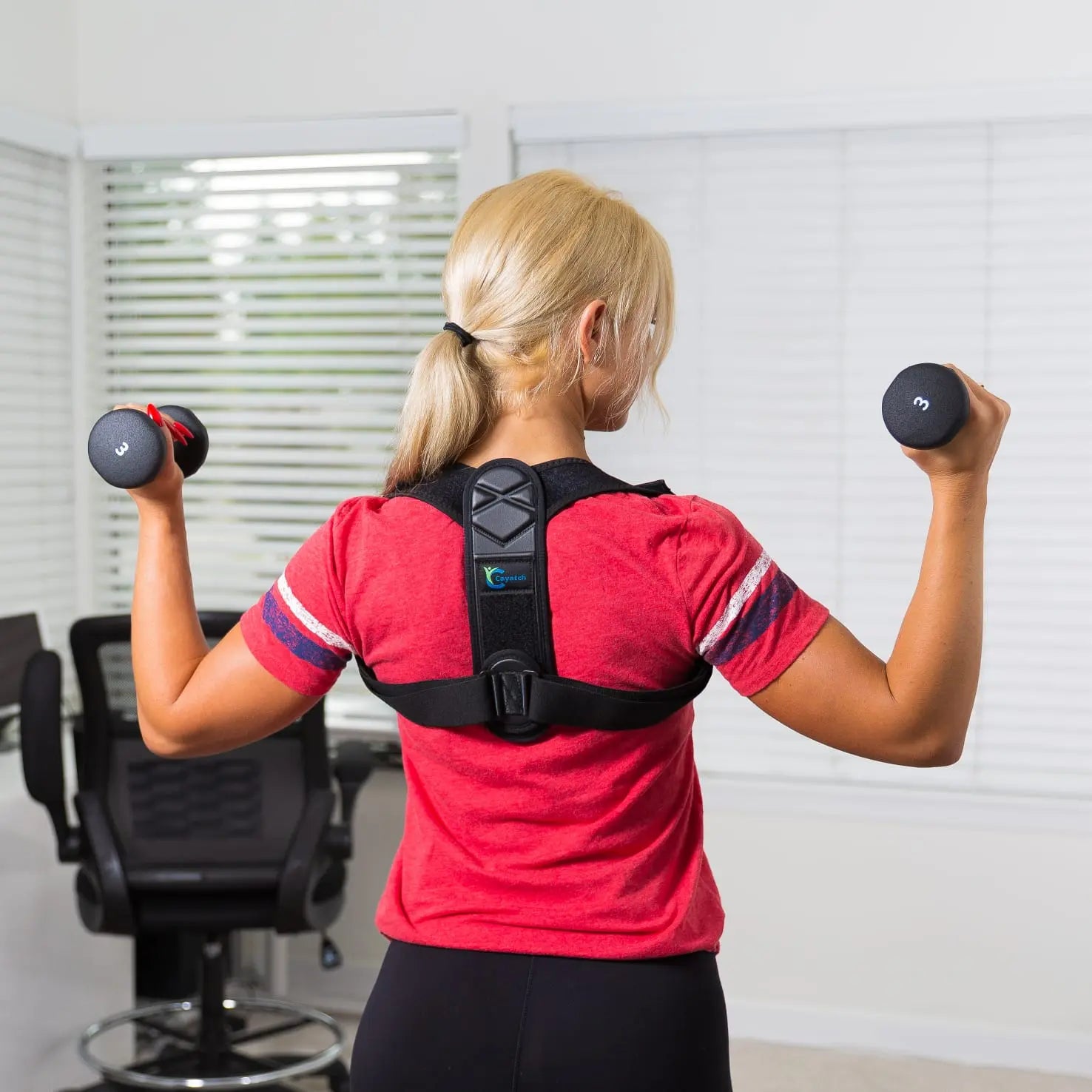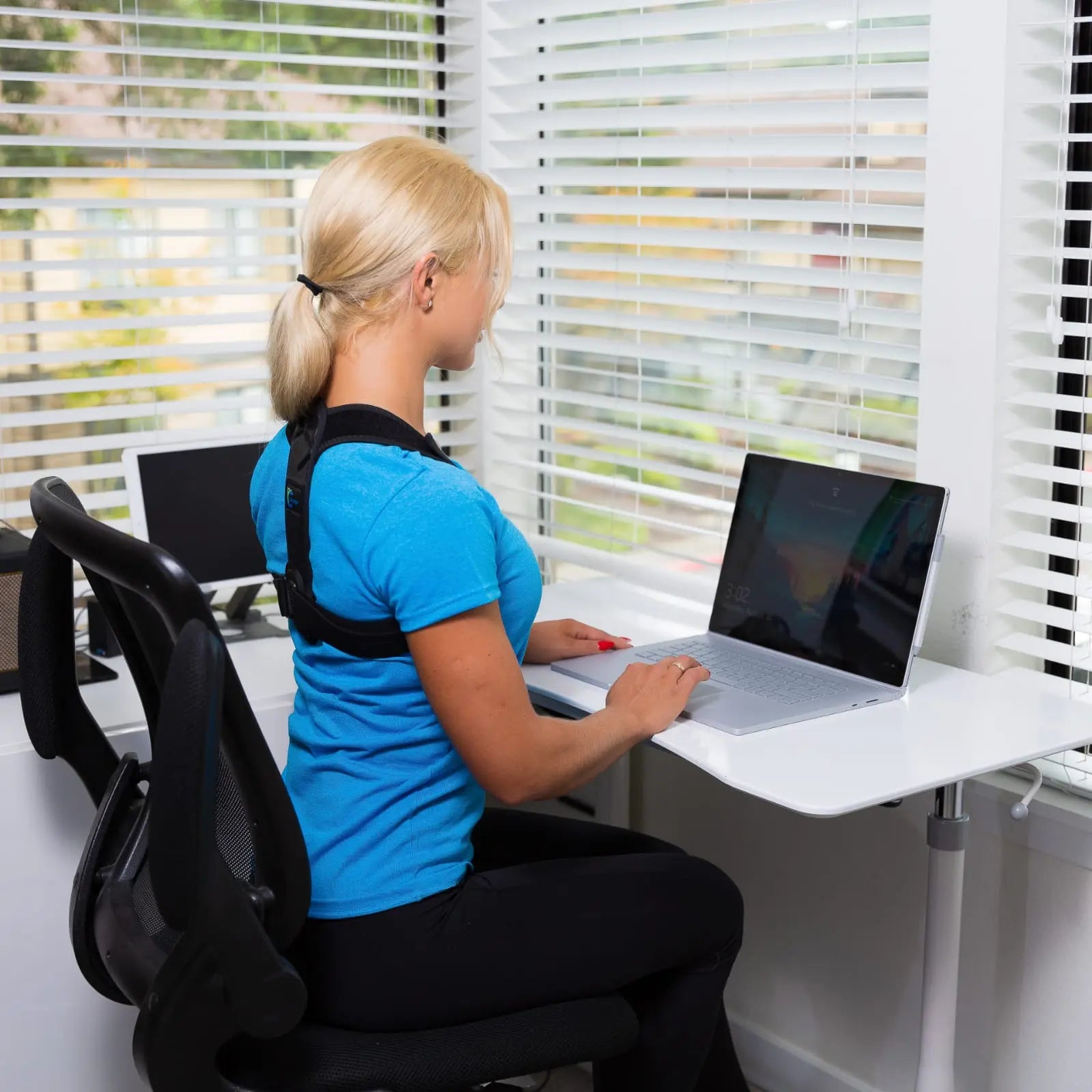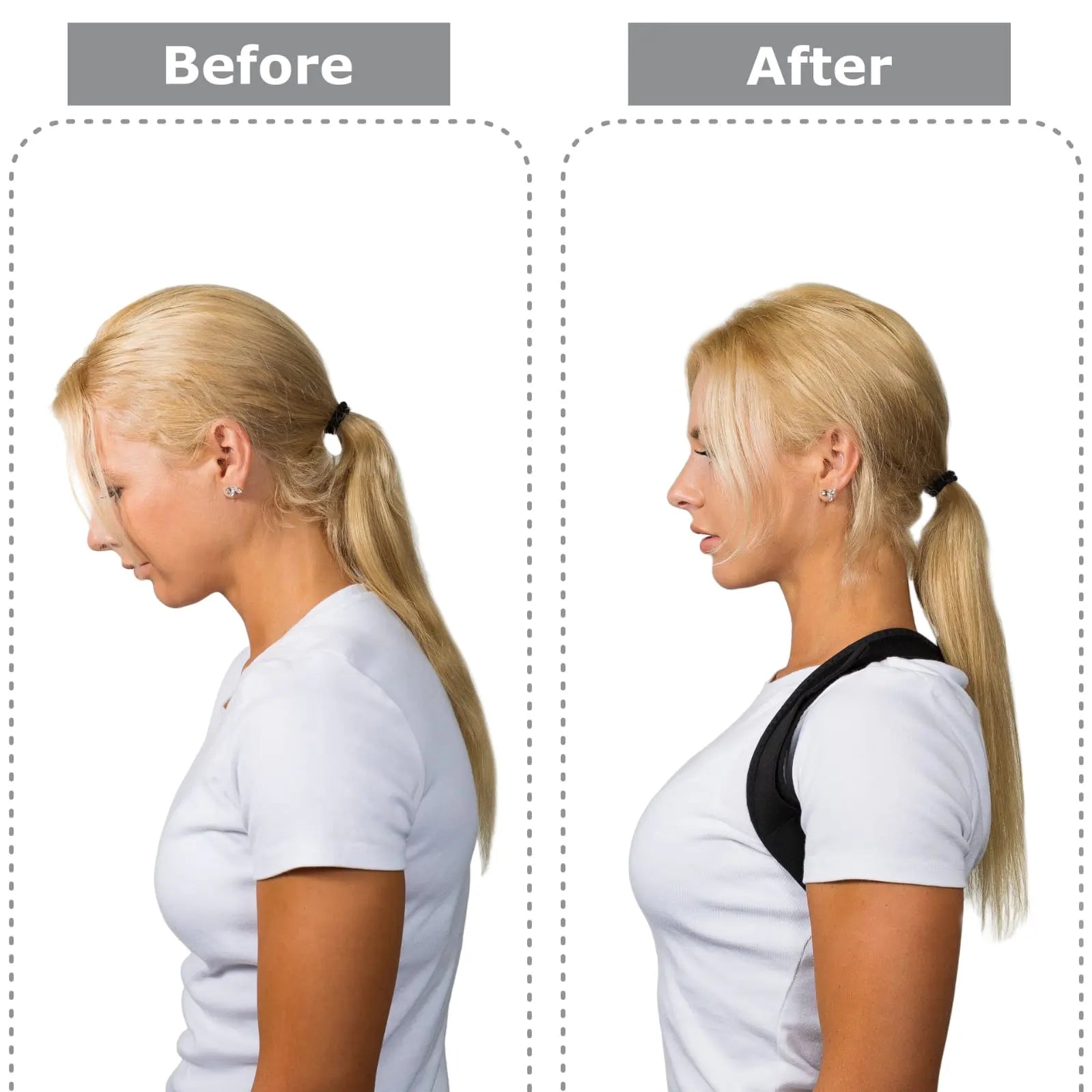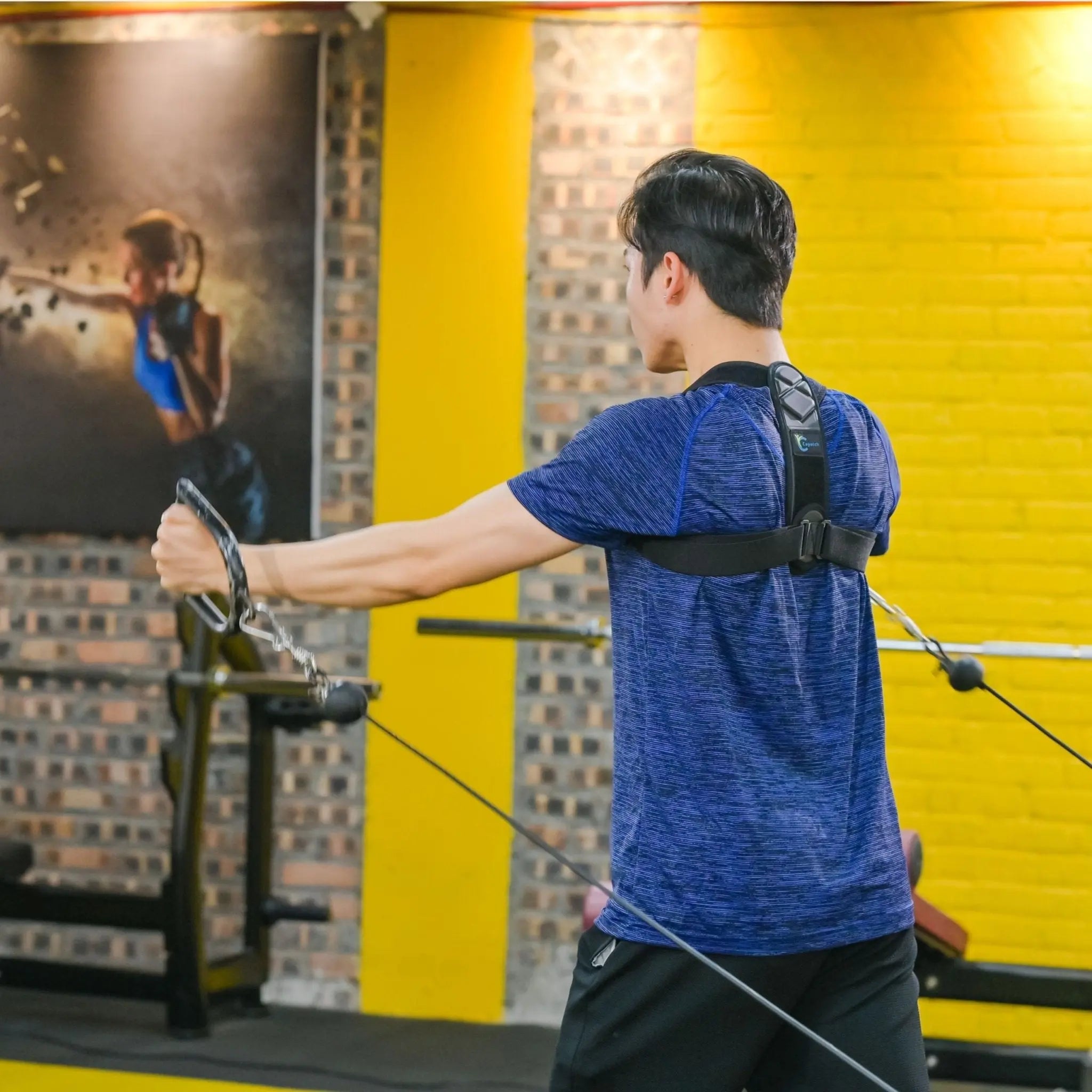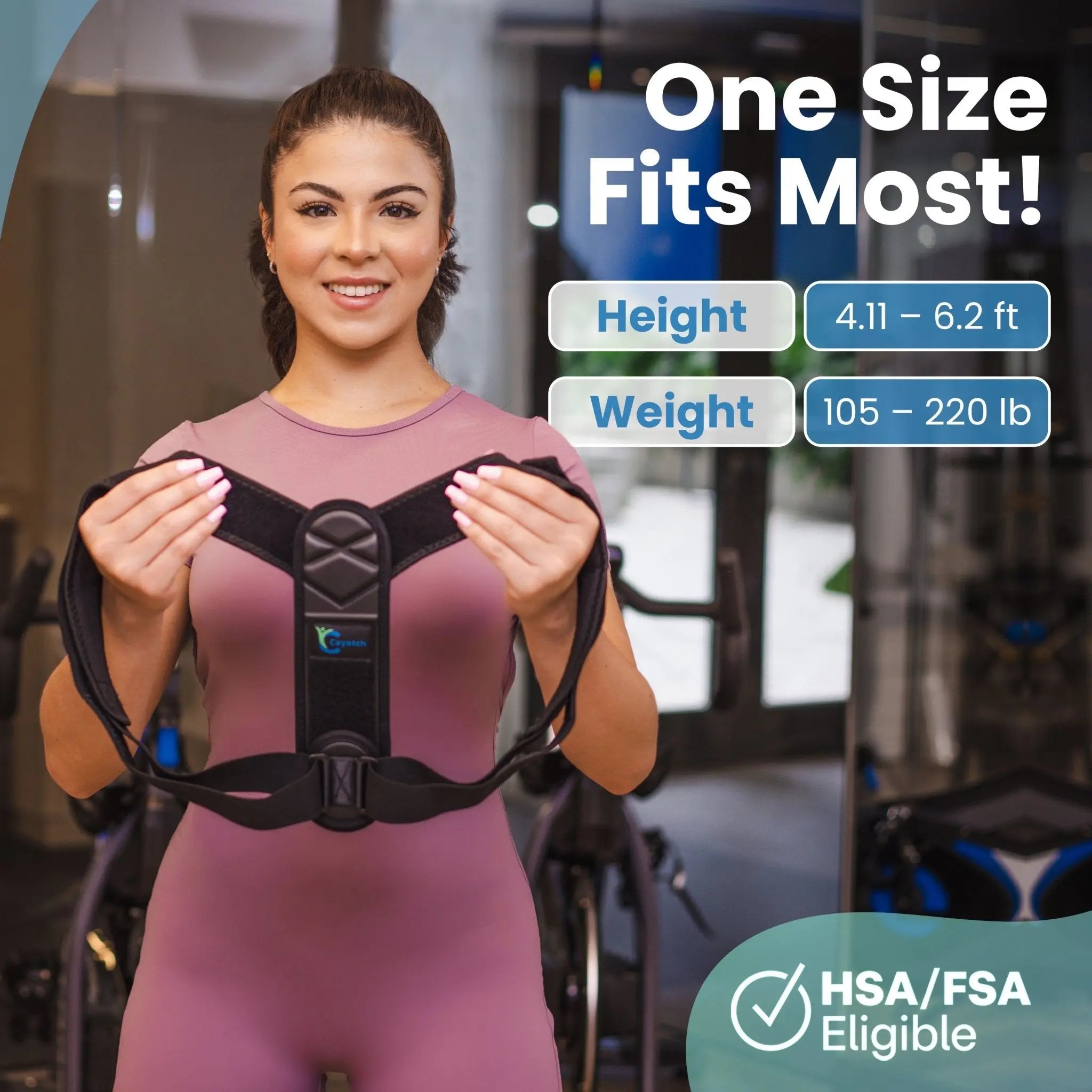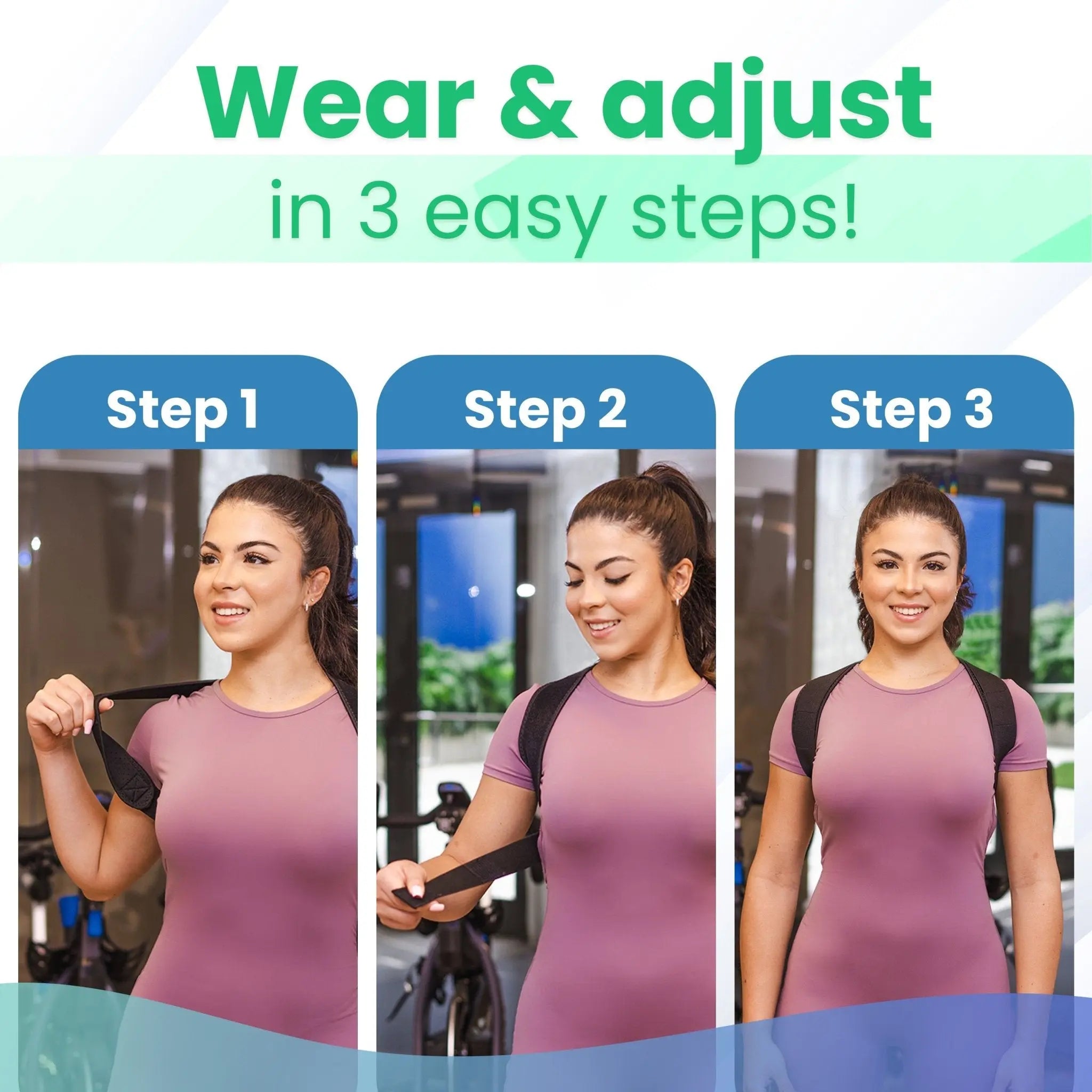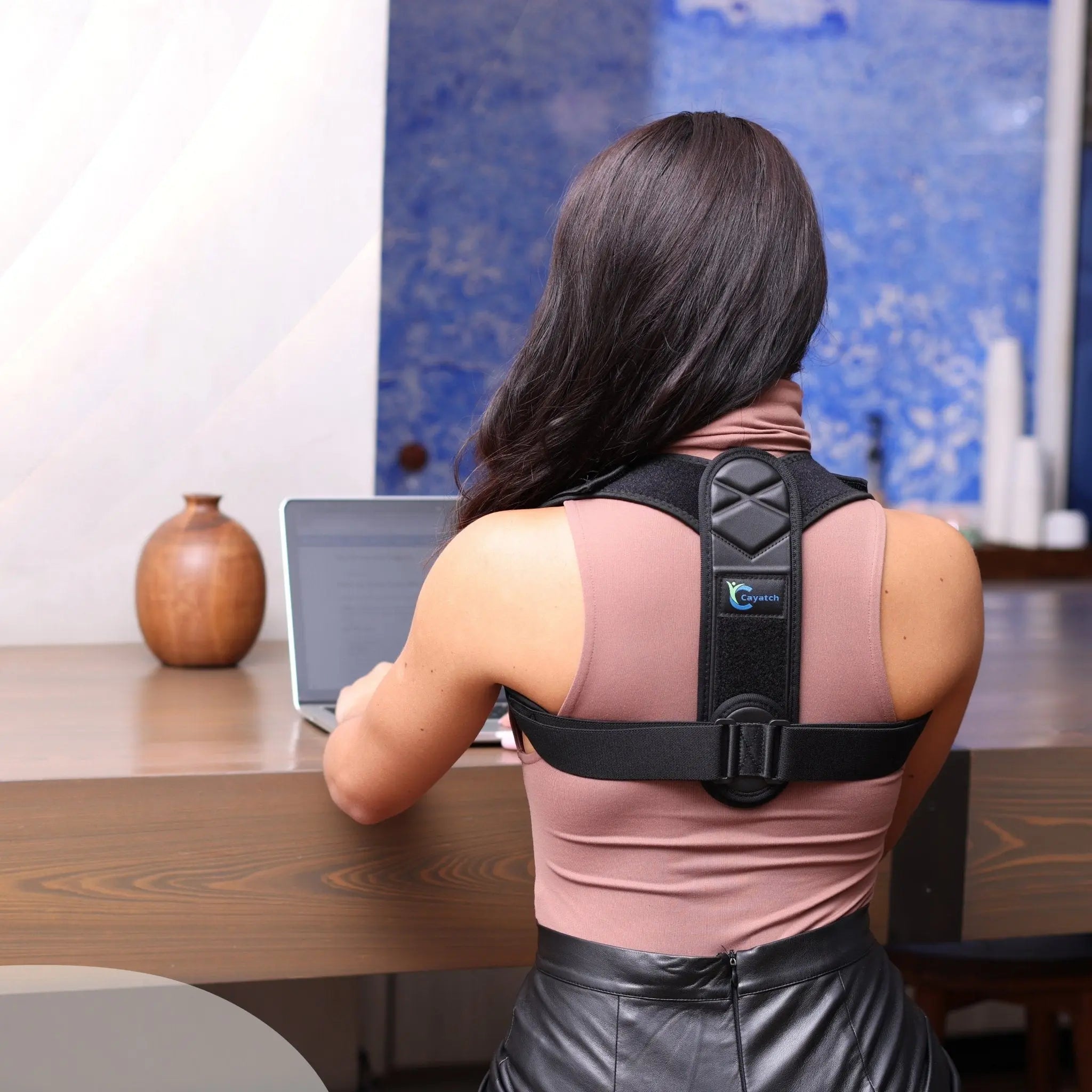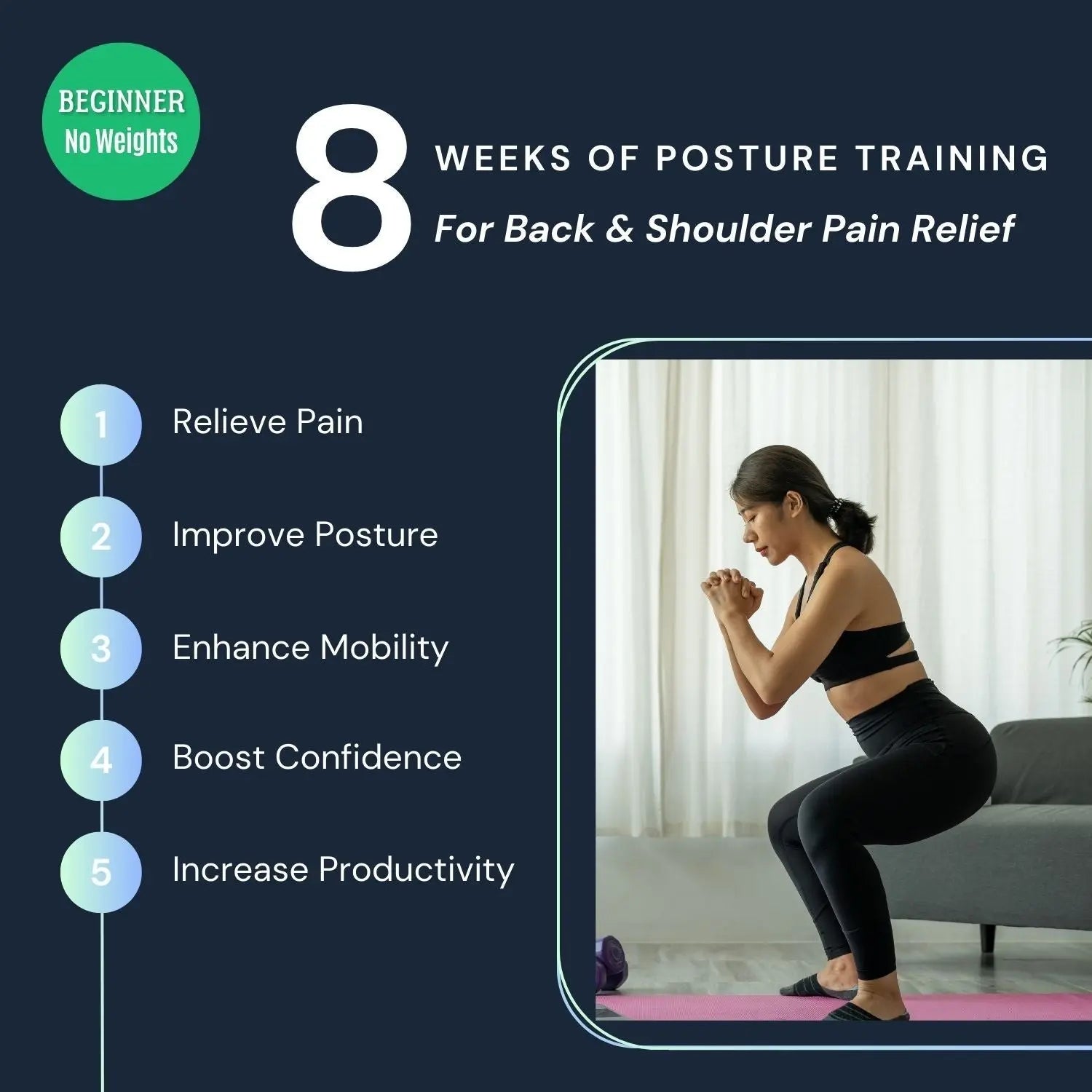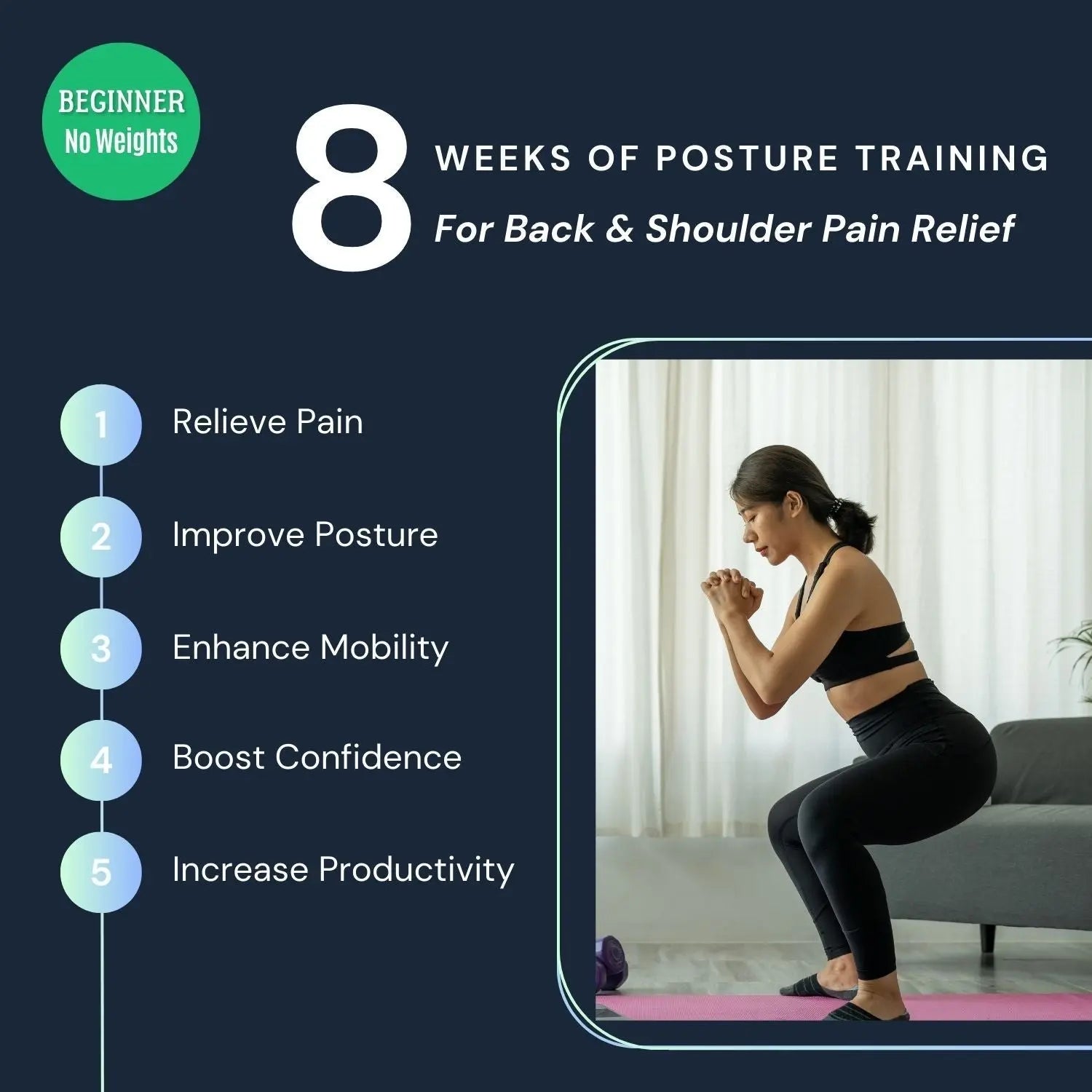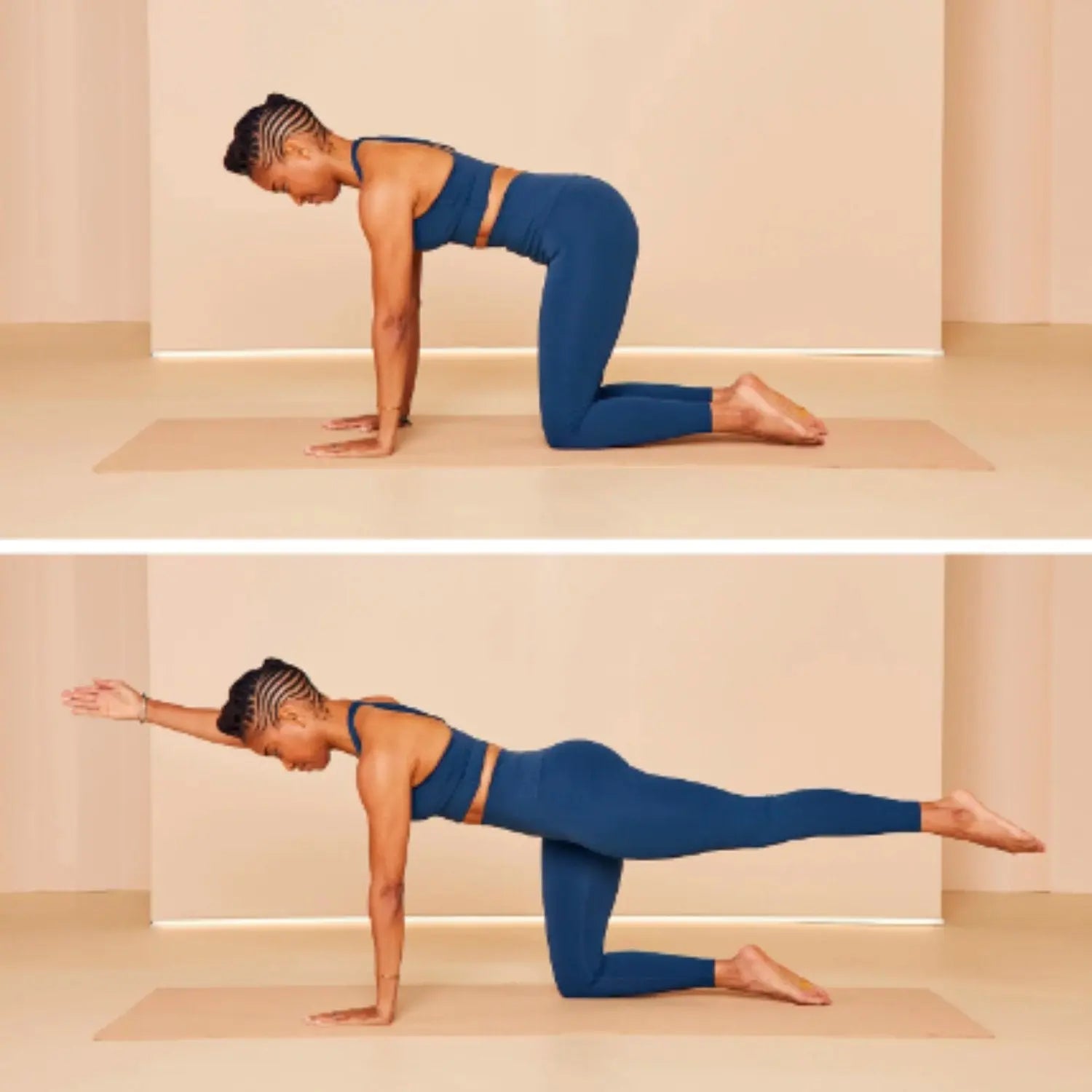Proper Writing Posture | Never To Face Aches Again

Maintaining a healthy working posture is essential for your success and well-being. How you sit and posture at your work desk has a major effect on your well-being. Writing for longer periods without pain is only one benefit of maintaining good posture.
It is crucial in keeping off health problems like neck and back pain. If you have any confusion about your proper writing posture, we’re here to help. In this blog post, we’re gonna discuss the benefits, tips for maintaining proper writing posture, and so on. So, stay with us.
What is Proper Writing Posture?

Maintaining comfort, better productivity, and lowering the risk of injury are all goals of correct writing posture.
To do this, one must keep their body in a relaxed and neutral position. This posture often involves sitting with your feet on the ground, the back upright, and the writing table at your level.
Dr. Anthony L. Komaroff says, “When at your desk, keep your head in a neutral position, close to your spine. Adjust the height of your chair so that your feet can touch the floor while sitting. Use a small pillow under your lower spine.” This is necessary to prevent any injury in the future.
Chronic pain may hamper a writer's capacity to write, focus, and do other tasks if they don't take care of their posture.
The risk of long-term injury to the spine and other areas of the body makes it essential for writers to place proper writing positions. Proper posture is a way that writers can protect from health risks.
Correct Sitting Posture While Writing

There are several parts to the ideal writing stance. If you want to prevent back pain and improve your writing productivity, sitting in the right way is important. The following guidelines will help you find an ergonomic seat in which to write:
- The role of ergonomic workspace setup: Ergonomics is the study of how to improve a workplace for the health and productivity of its users. To prevent getting restless while writing, it's important to set up a comfortable desk. Good posture is essential to your health and efficiency, and an ergonomic workplace makes that easier to do.
- The right chair and desk height: Pick out a chair that has a backrest and set it so that your feet are flat on the floor. Your legs should be level with the surface, and your knees are bent at 90 degrees. Adjust the desk's height and ensure your forearms are level to the floor.
- Aligning your body correctly: Keep your neck and back upright while letting your shoulders down. Don't cross your legs or slump. Keep your hands parallel to your torso at 90 to 120 degrees.
- Positioning the keyboard and monitor: You should be able to rest your arms on the surface while typing. Keep your wrists upright when writing. The top of the display should be just below the level of the user's eyes. The upright neck position remains in place, and the risk of neck pain.
6 Benefits of Proper Writing Posture

There are many benefits to maintaining a healthy, positive writing posture beyond just simplicity. Here, we'll look at 6 benefits of proper writing posture to ensure this confidence and productivity.
The following are the 6 benefits:
1. Improved comfort and reduced pain
Maintaining a correct writing posture can relieve the stress and pain from slouching. As a result of feeling less pain and discomfort while writing, you may find yourself doing longer, successful writing periods.
2. Enhanced focus and concentration
A healthy writing position links the mind and body in a way that reduces problems. Fewer issues from bodily pain allow more of your mind to be put into the current effort. You may find that you can do more and produce better writing.
3. Increased writing productivity
If you can prevent hassles and relax while writing. You'll be able to crank out a lot more words. You'll find it simpler to stay active with your writing tasks, keep a steady flow of ideas, and achieve your job better.
4. Better breathing and circulation
Proper posture keeps your chest and lungs open, allowing for greater breathing. Greater brain oxygenation and blood flow can boost mental clarity, making it simpler to think of new ideas and present them clearly on paper.
5. Prevention of long-term health issues
Maintaining a proper writing position can help reduce long-term health issues. The ability to write and the quality of life are both things that remain preserved for the long term if these problems do not arise.
6. Boosted self-confidence
The psychological and social benefits of maintaining an upright body position should not be left out. When you write while sitting, you give off an air of power and confidence that readers will react too kindly.
Keeping a healthy writing posture can improve your ease, focus, output, and durability. Write more comfortably and creatively by keeping the right posture in mind.
7 Tips for Maintaining Proper Writing Posture

Long periods of writing need the writer to use a specific posture for their health and comfort. Here, we'll go over 7 easy ways to keep a good posture while writing for long times, lowering your risk of pain and improving your health.
1. Regular posture checks
Regularly check how you sit by focusing on the posture of your head, arms, back, and legs. Make it a routine to adjust your body so that your back is straight and your feet are flat on the ground.
2. Using ergonomic accessories
Ergonomic seats with spinal support may help keep a comfy and natural writing position. These tools serve to lessen the strain on the body of writing. This makes it possible to put in longer periods without discomfort or damage.
3. Taking short breaks and stretching
Several breaks are important for reducing muscular pressure and keeping a healthy writing position. Neck, shoulder, and back stretches are perfect for a break. These help by improving blood flow and reducing stress.
4. Mindfulness and posture awareness
Set up a keen sense of your posture when you write. Stop slouching over your desk, and make it a habit to sit straight with your head upright. Meditation can help you break poor postural habits and straighten out your spine.
5. The 20-20-20 rule for reducing eye strain
The 20-20-20 rule can help reduce eye strain while you write. Take twenty seconds off from your screen every 20 minutes and look at anything possibly 20 feet away. It can help you prevent eye strain and pain.
6. Incorporating standing or walking breaks
Standing or walking breaks can help you maintain better posture. The side effects of sitting for long periods can be avoided by using ergonomic These breaks increase blood flow and allow a healthy writing posture.
7. Seeking professional guidance if needed
Talk to your doctor if you have chronic pain or problems with your posture. To help you keep a healthy posture when writing and avoid future health issues, they can give you specific advice, activities, and changes.
If you follow these guidelines, you'll be able to have healthier, happier writing sessions without losing your posture or health. Focusing on your future health and writing output needs more than just taking steps to sit up straight.
Frequently Asked Questions (FAQs)
What is the correct posture for writing?
You need to place your feet flat on the surface. Also, keep your body in a relaxed, straight position while keeping your knees and ankles bent at 90 degrees.
Lastly, place your writing desk in an appropriate position so it’s easy to reach.
What is the healthiest posture for reading?
According to experts, the best reading position is to sit on a chair with adequate support and your neck slightly tilted forward. Your feet need to be on the floor, flat and knees bent at a 90 degrees angle.
How can I change my handwriting posture?
You can easily change your handwriting posture if you make a change in your sitting position.
Also, keep your elbow positioned at an open angle while putting less pressure on your arms. Don’t move your hand too much while writing.
What is the proper sitting position in writing shorthand?
The proper sitting position in writing shorthand is to sit upright while keeping your flat feet on the ground.
While you will prevent slouching, you need to bend forward a bit so your elbow remains on the desk.
Bottom Line
Students regularly ignore the necessity of keeping proper writing posture. Make the most of the time you study by sitting in an optimal position. The positive effects on your body as a whole will become clear soon.
The most successful and least painful way to write is better posture. Preventing pain and other problems due to poor posture is simpler when you focus on ergonomics. A clean, upright posture boosts attention and increases the level of your writing.






















